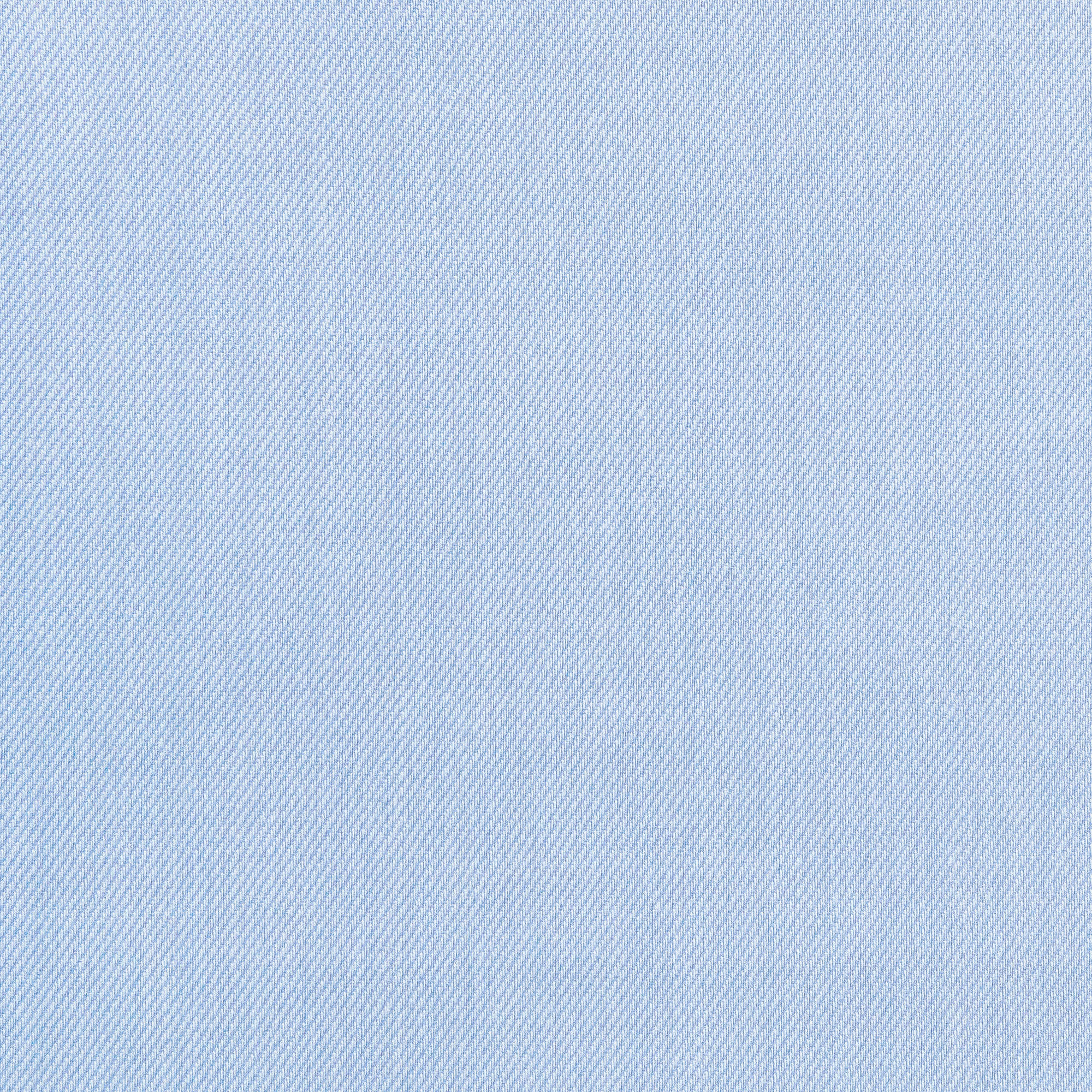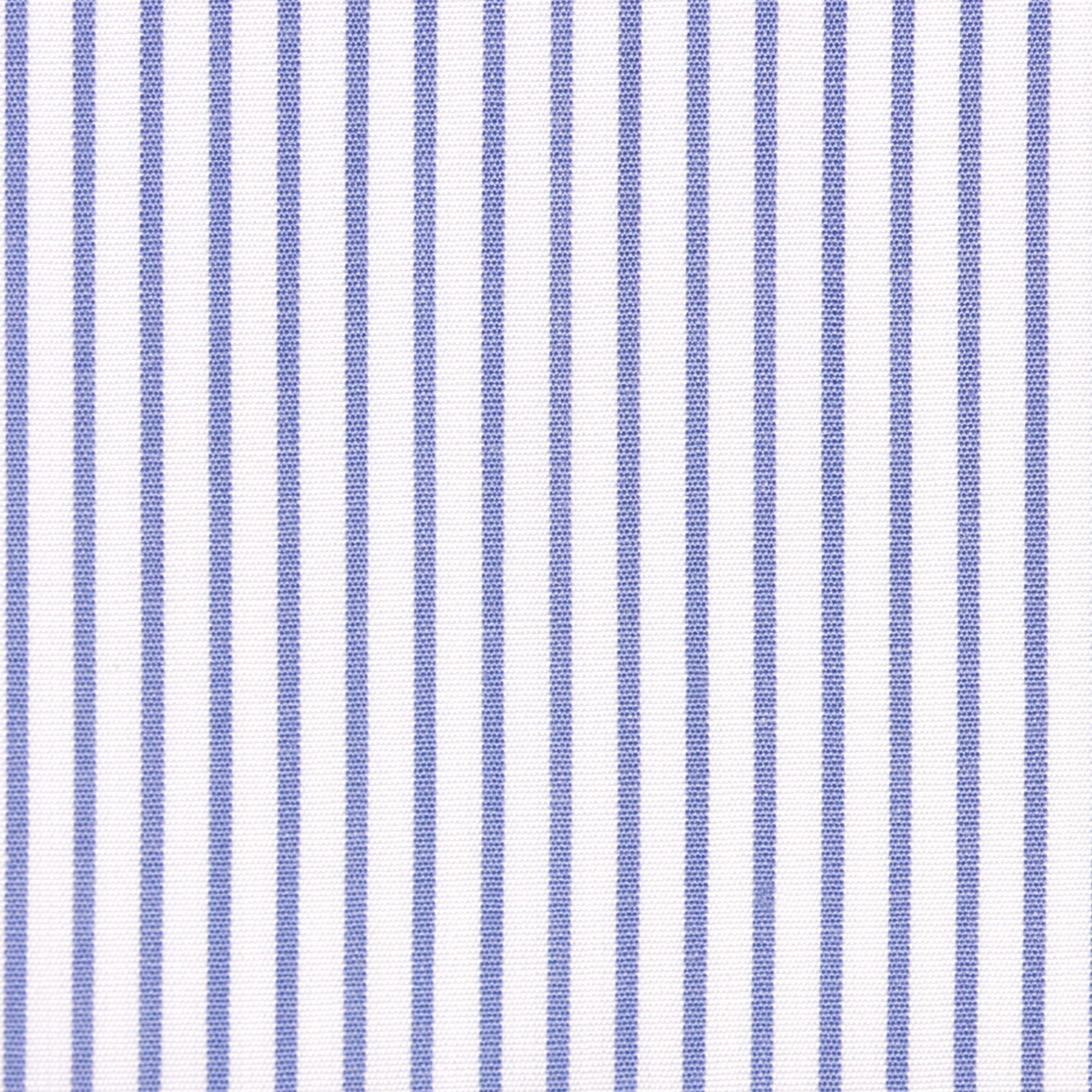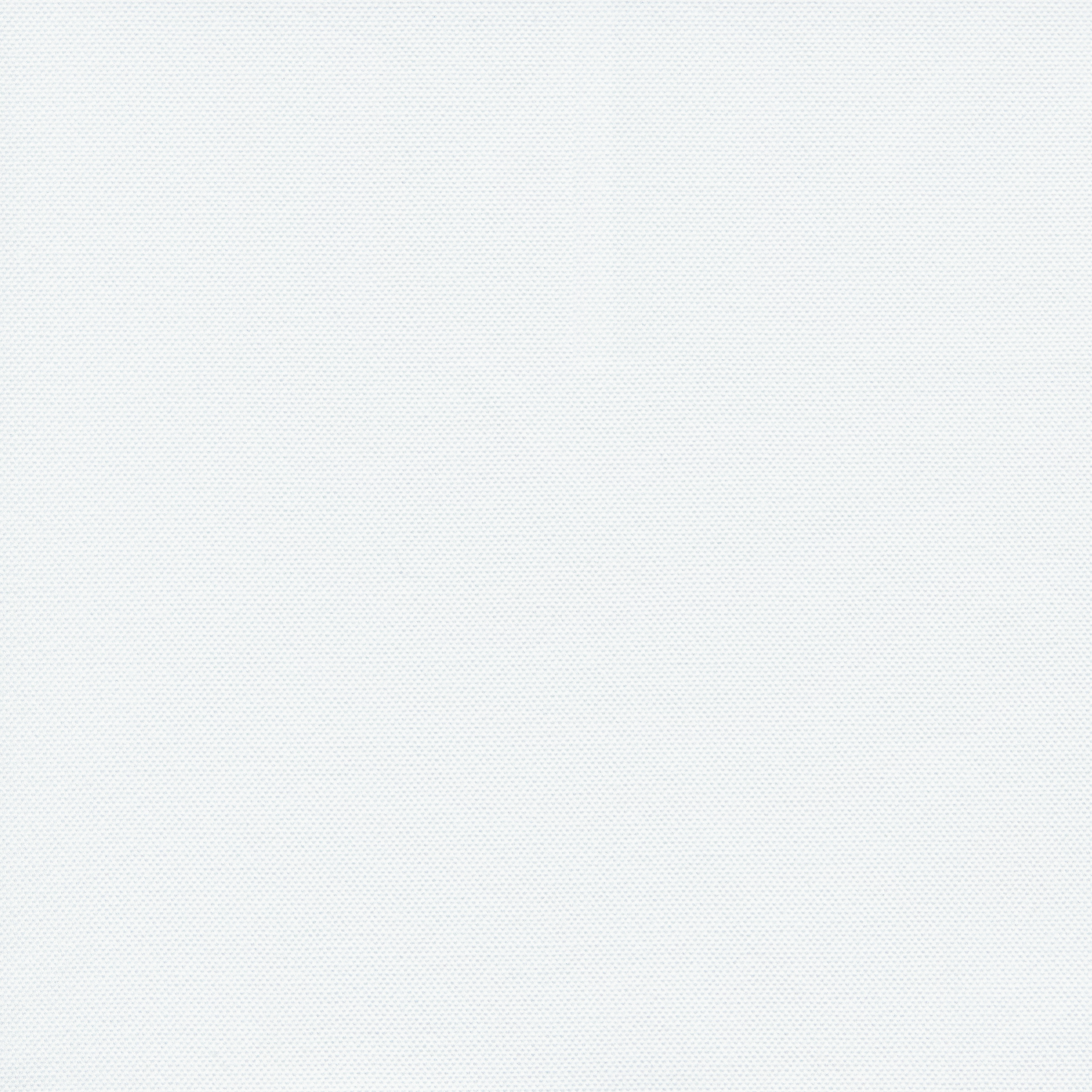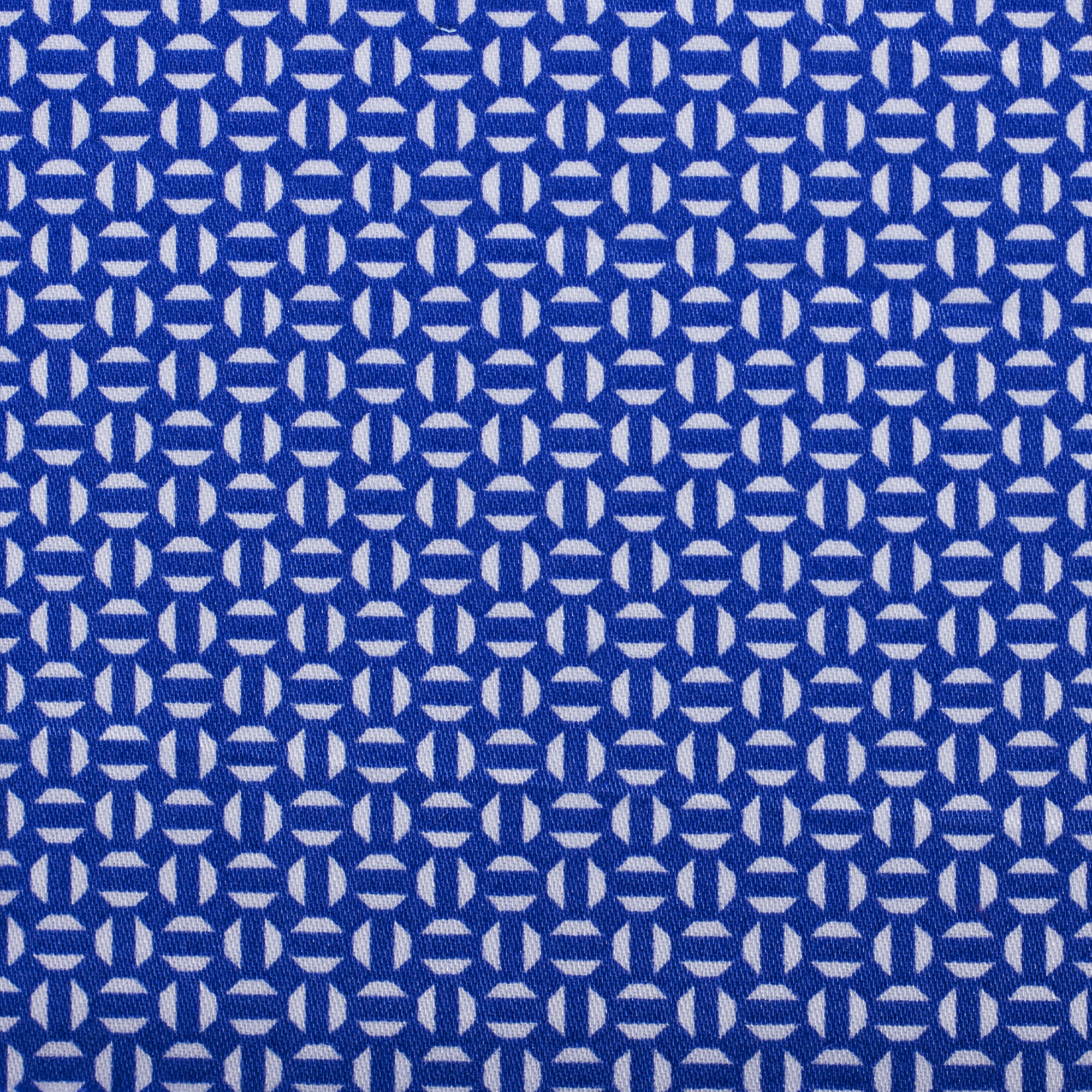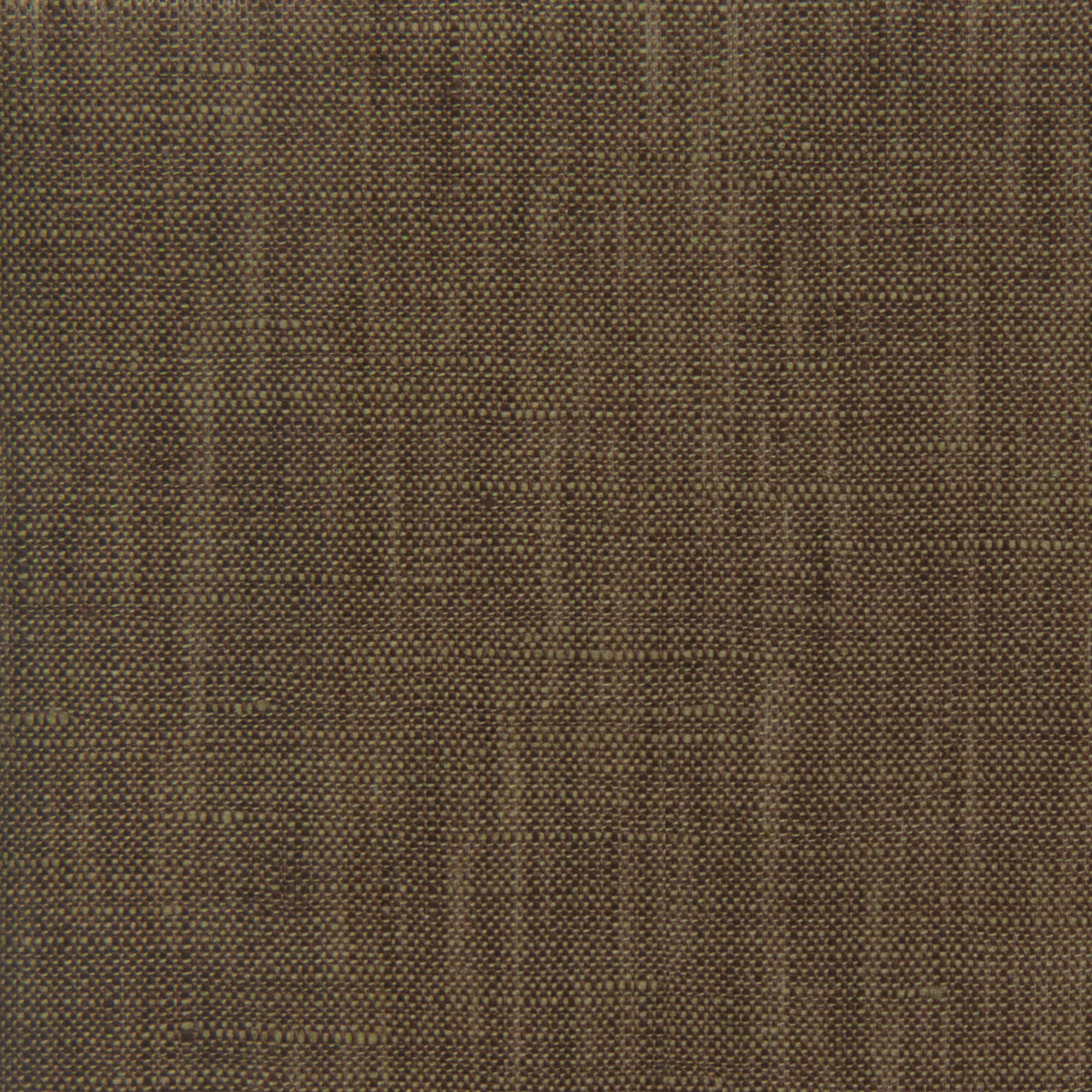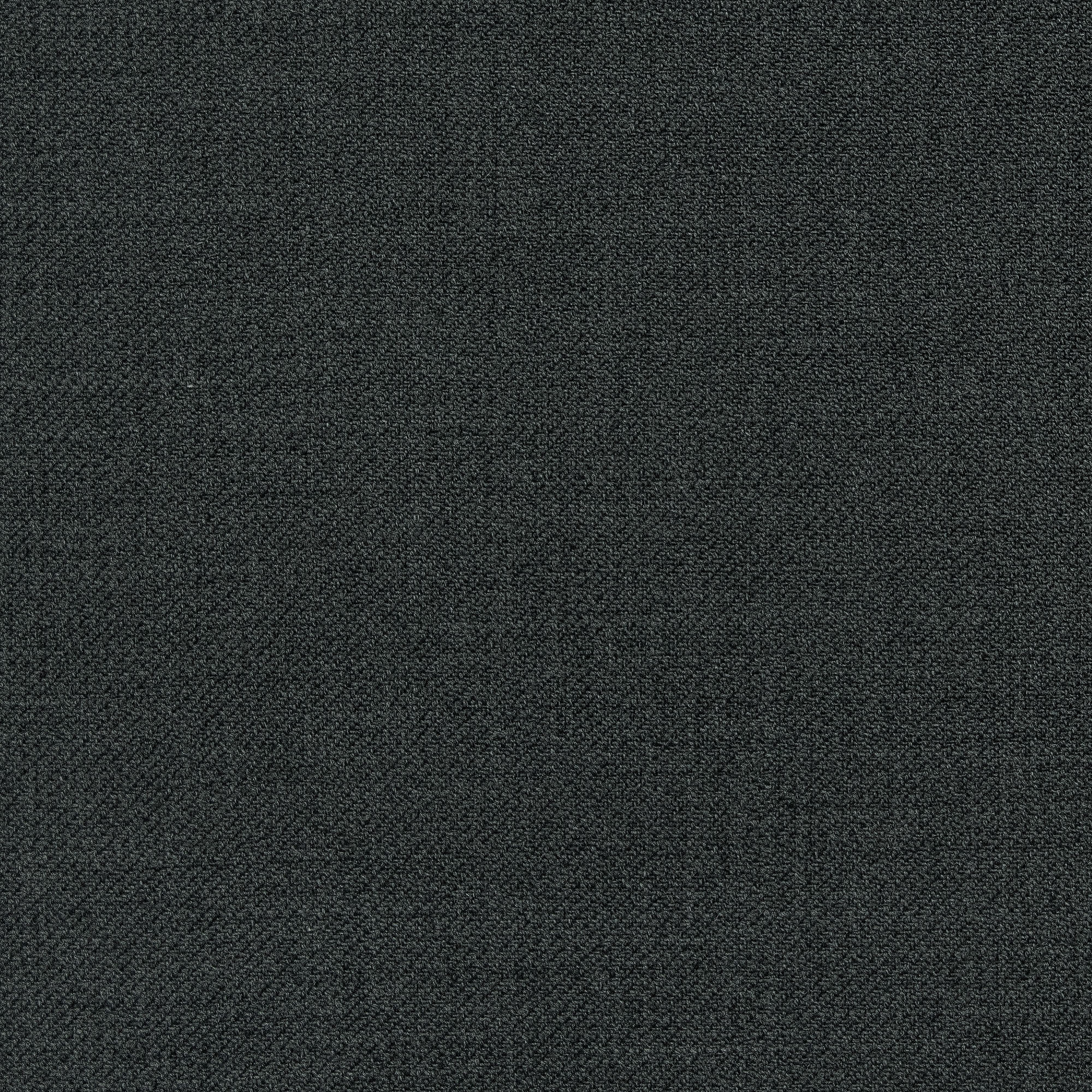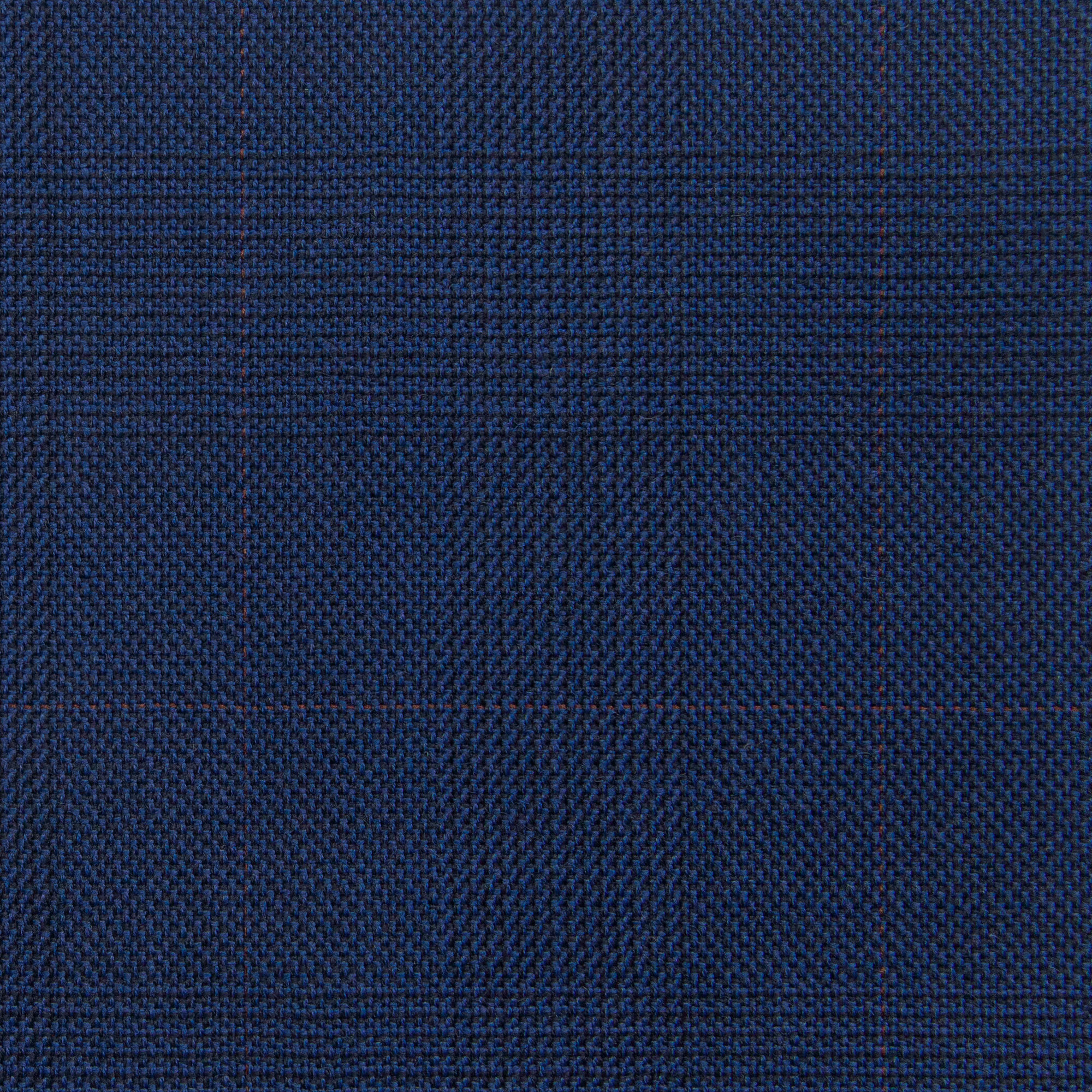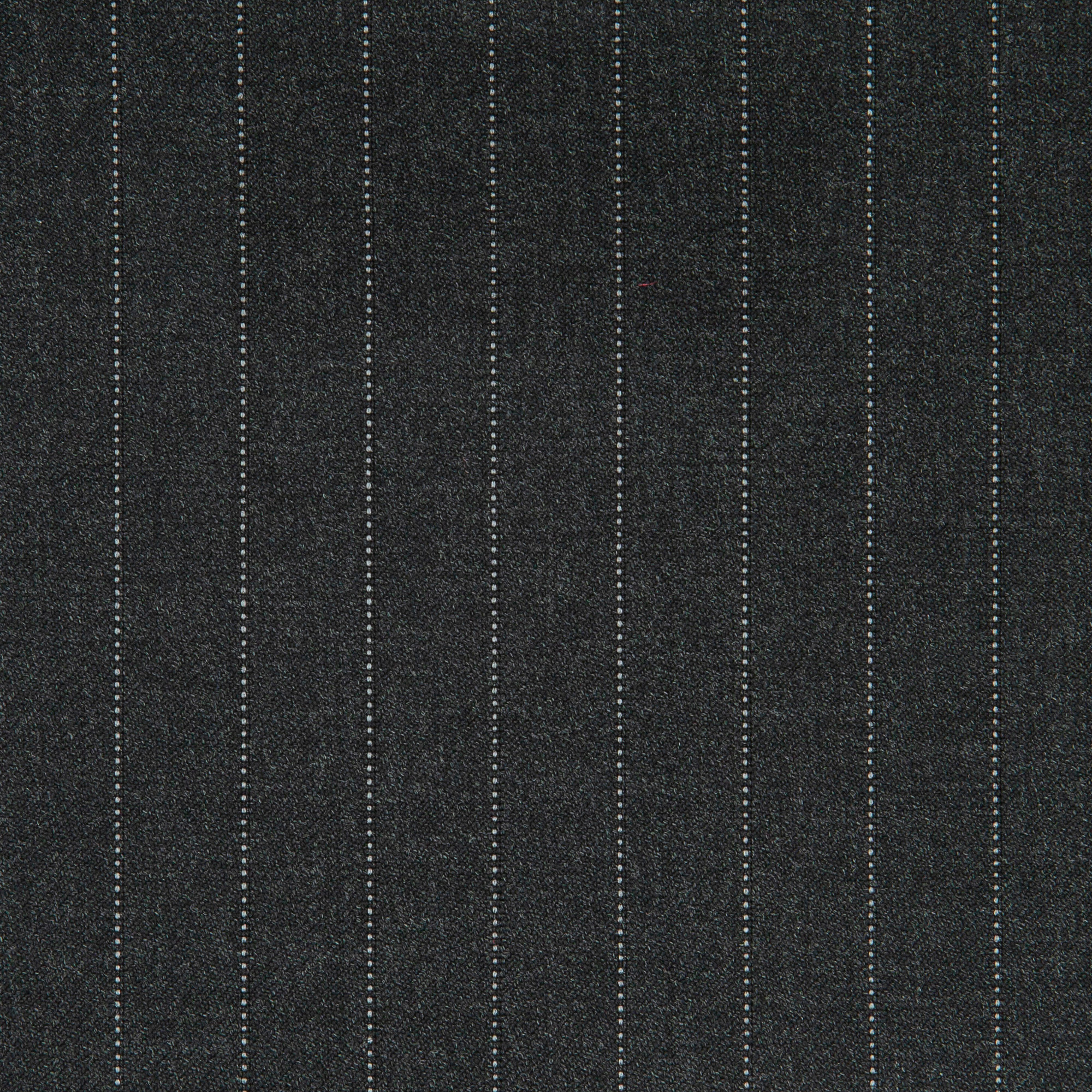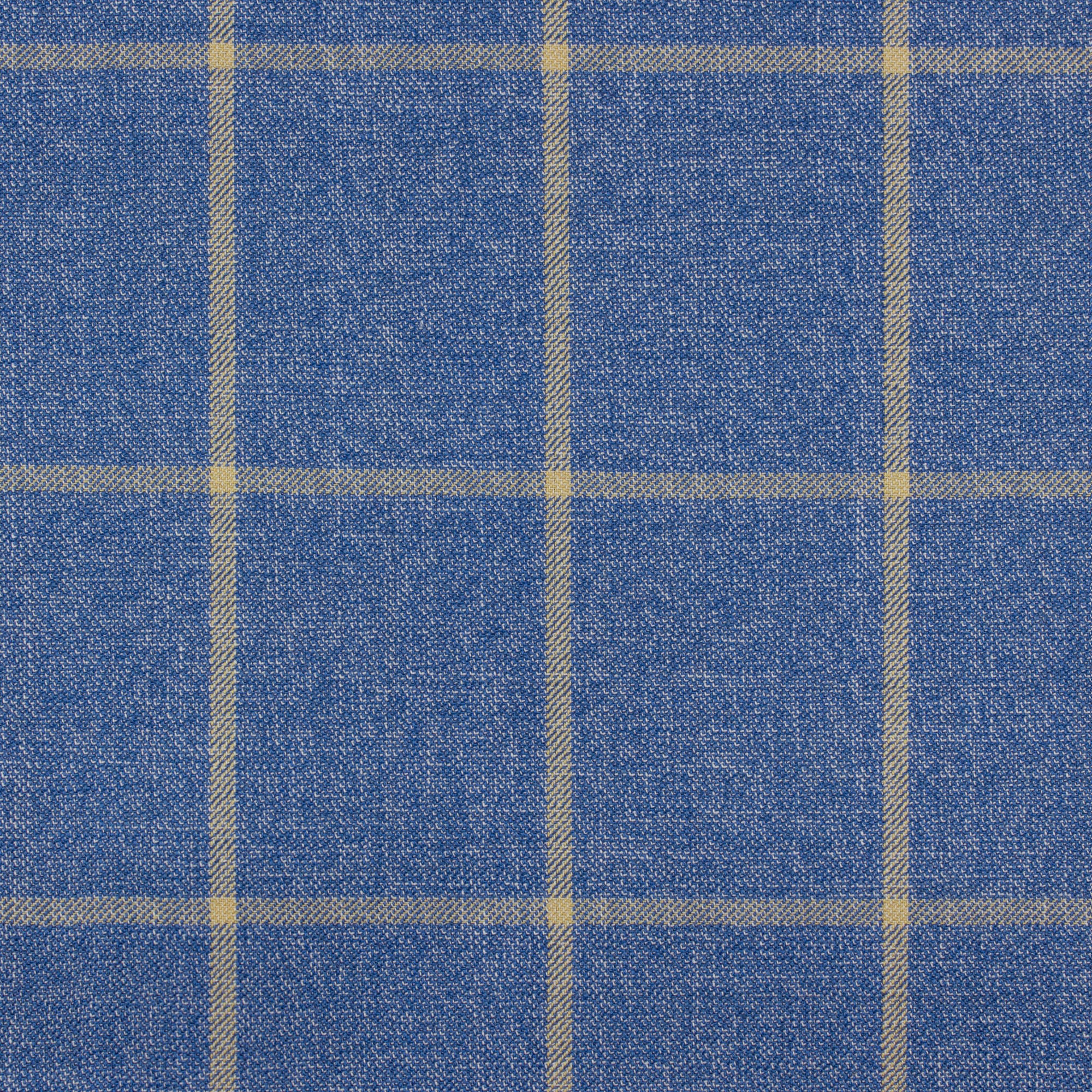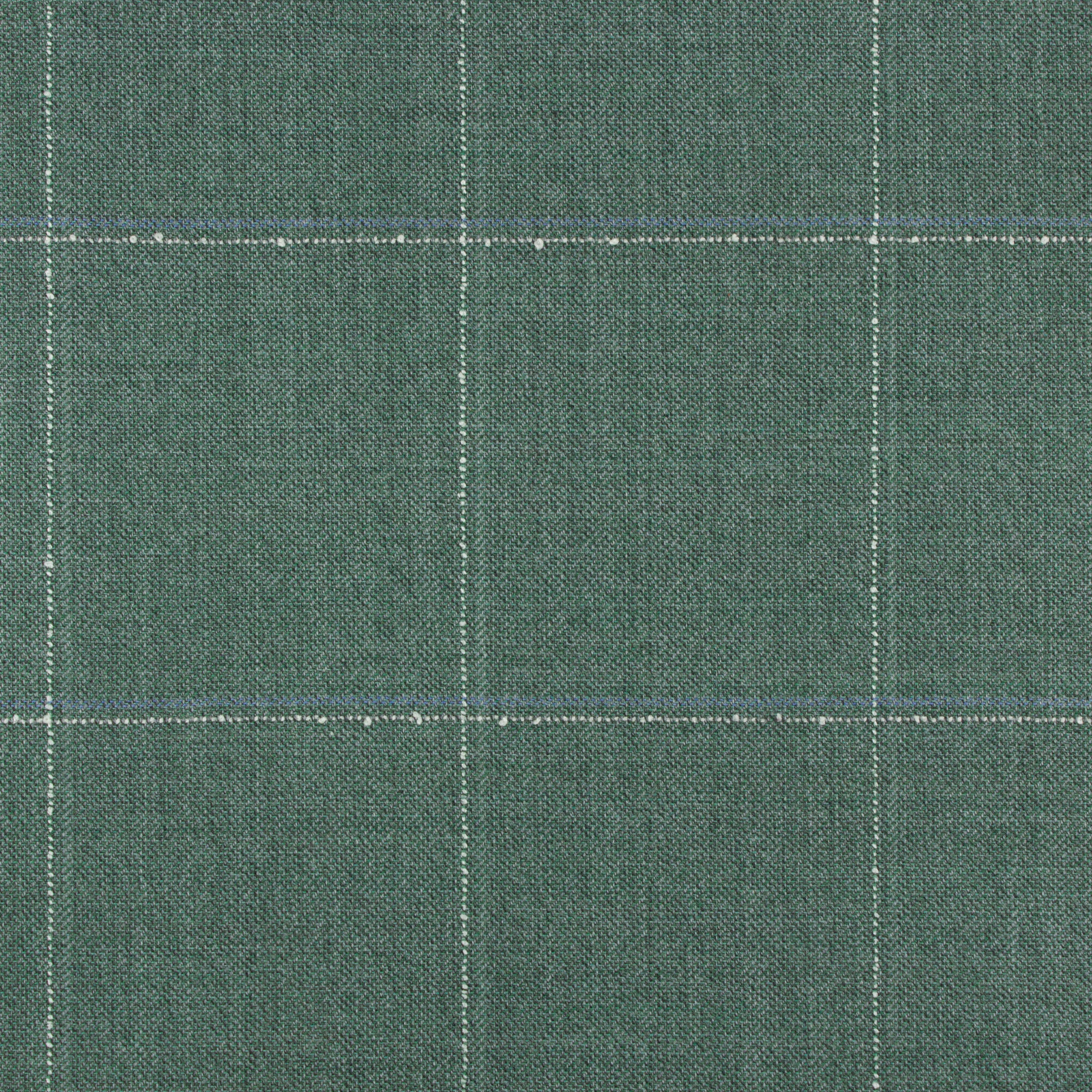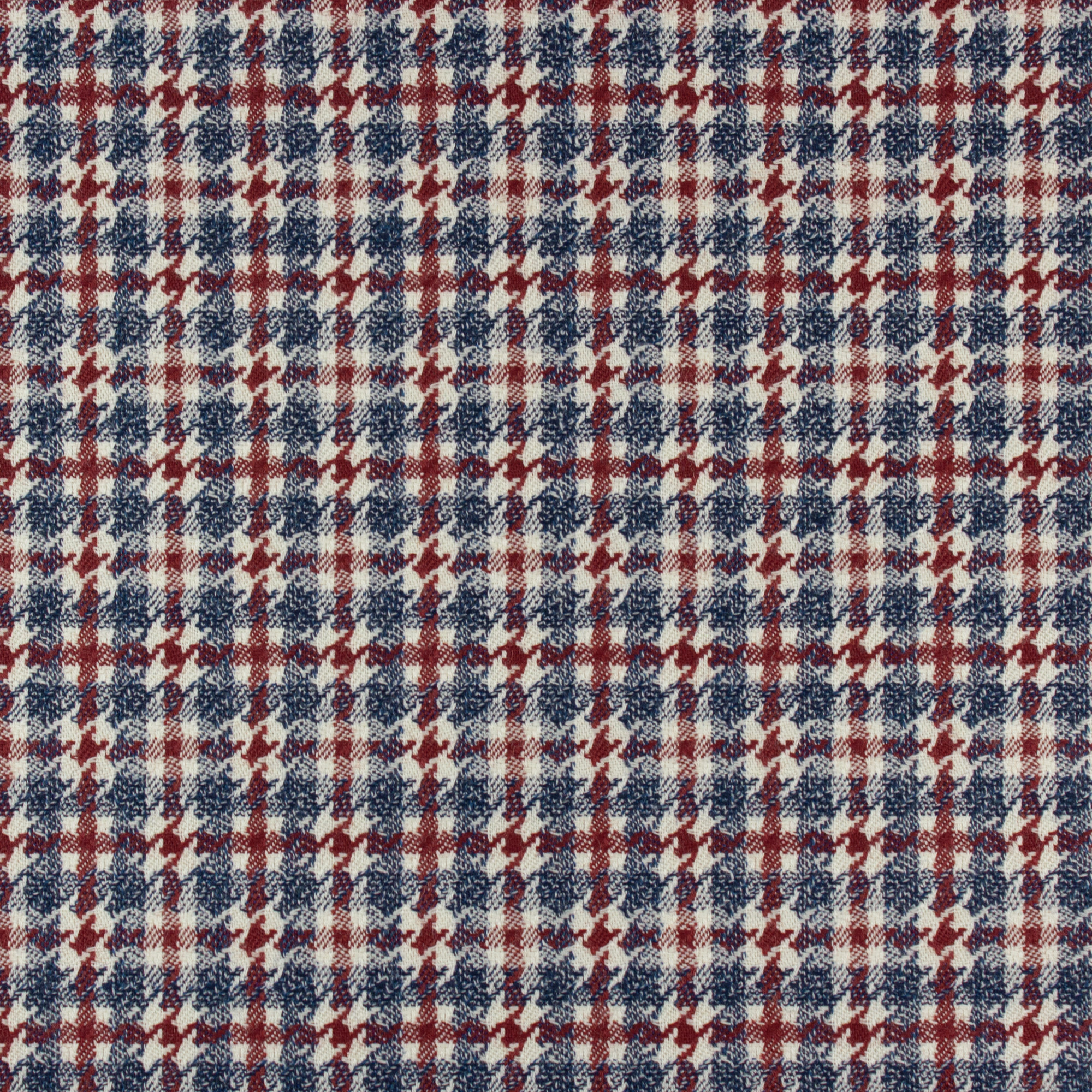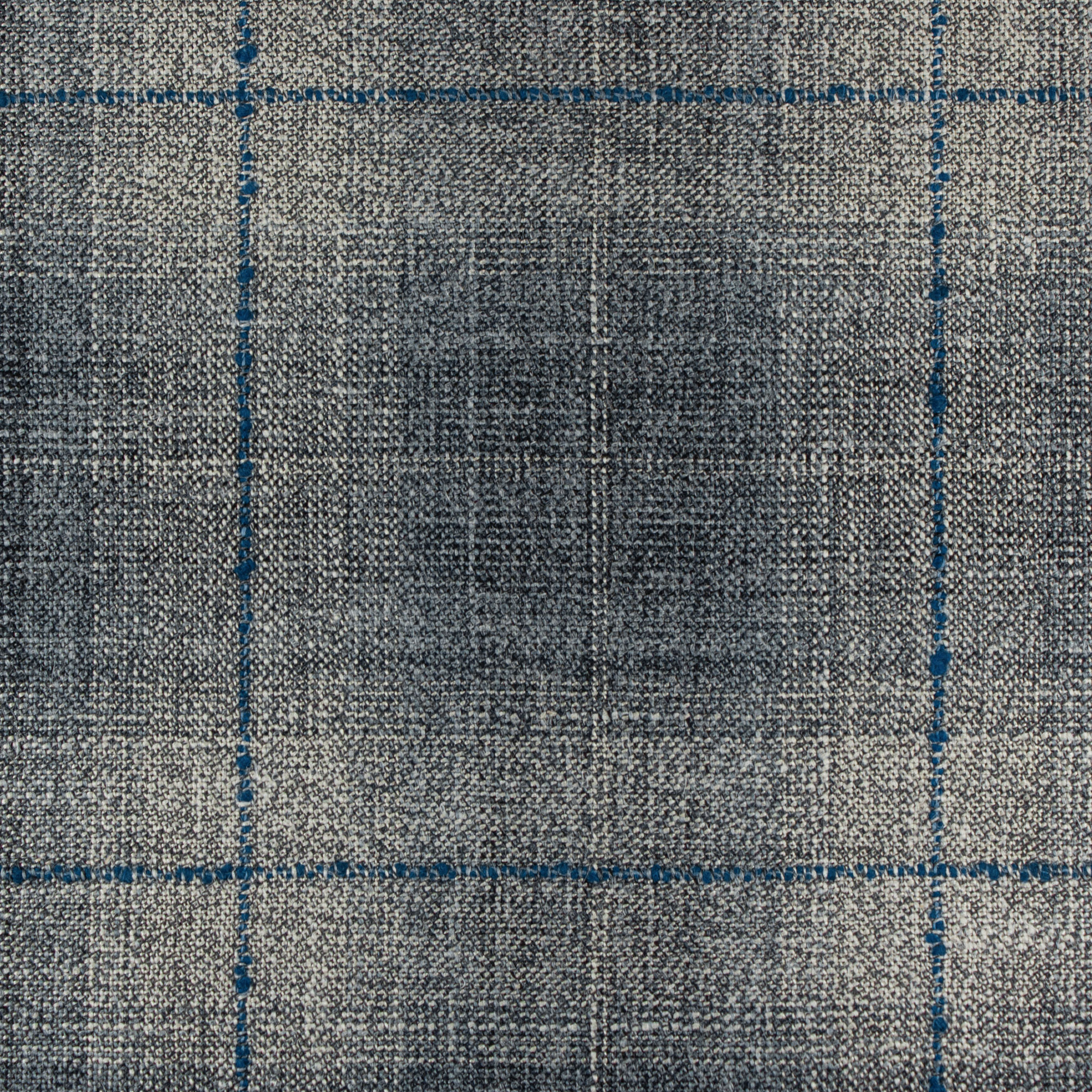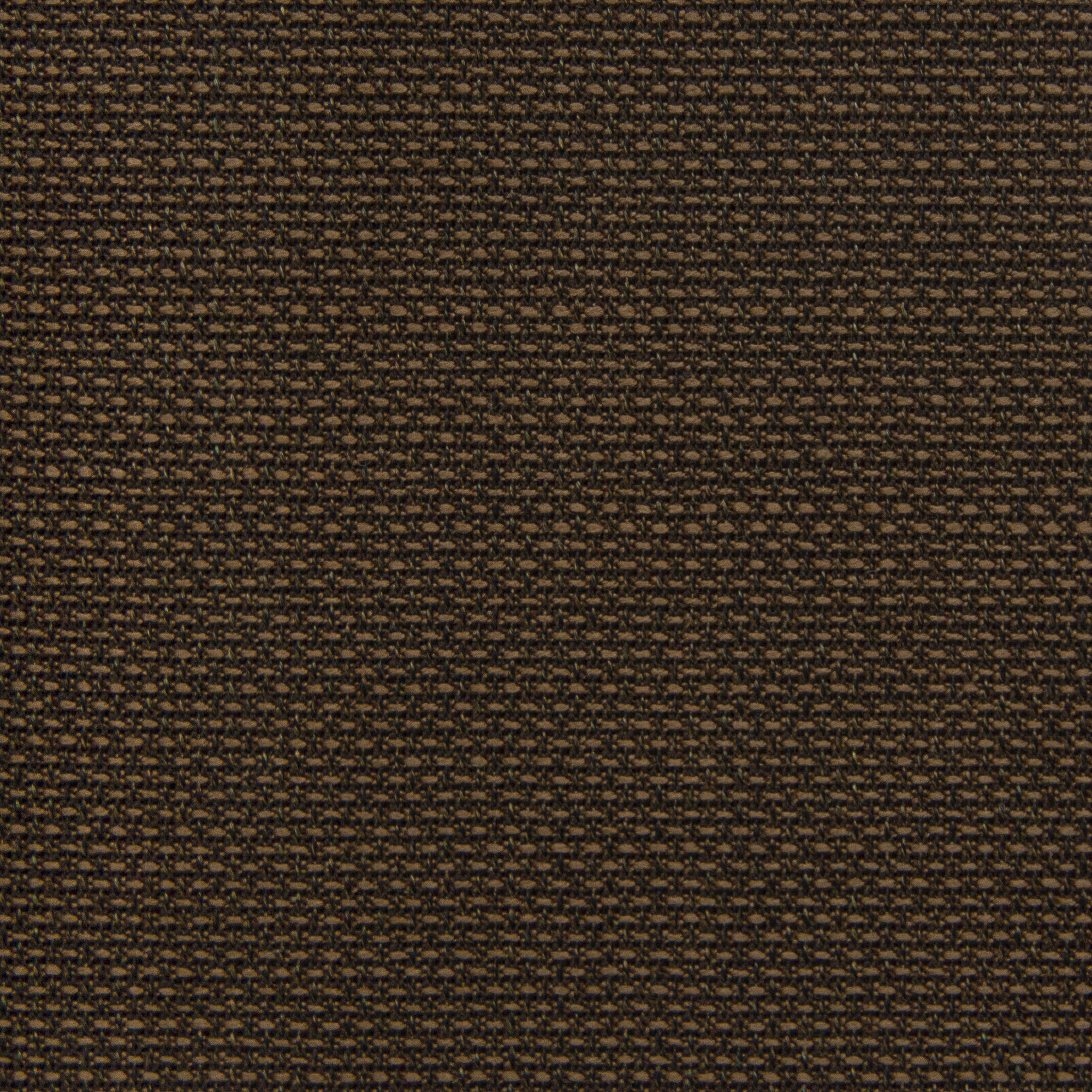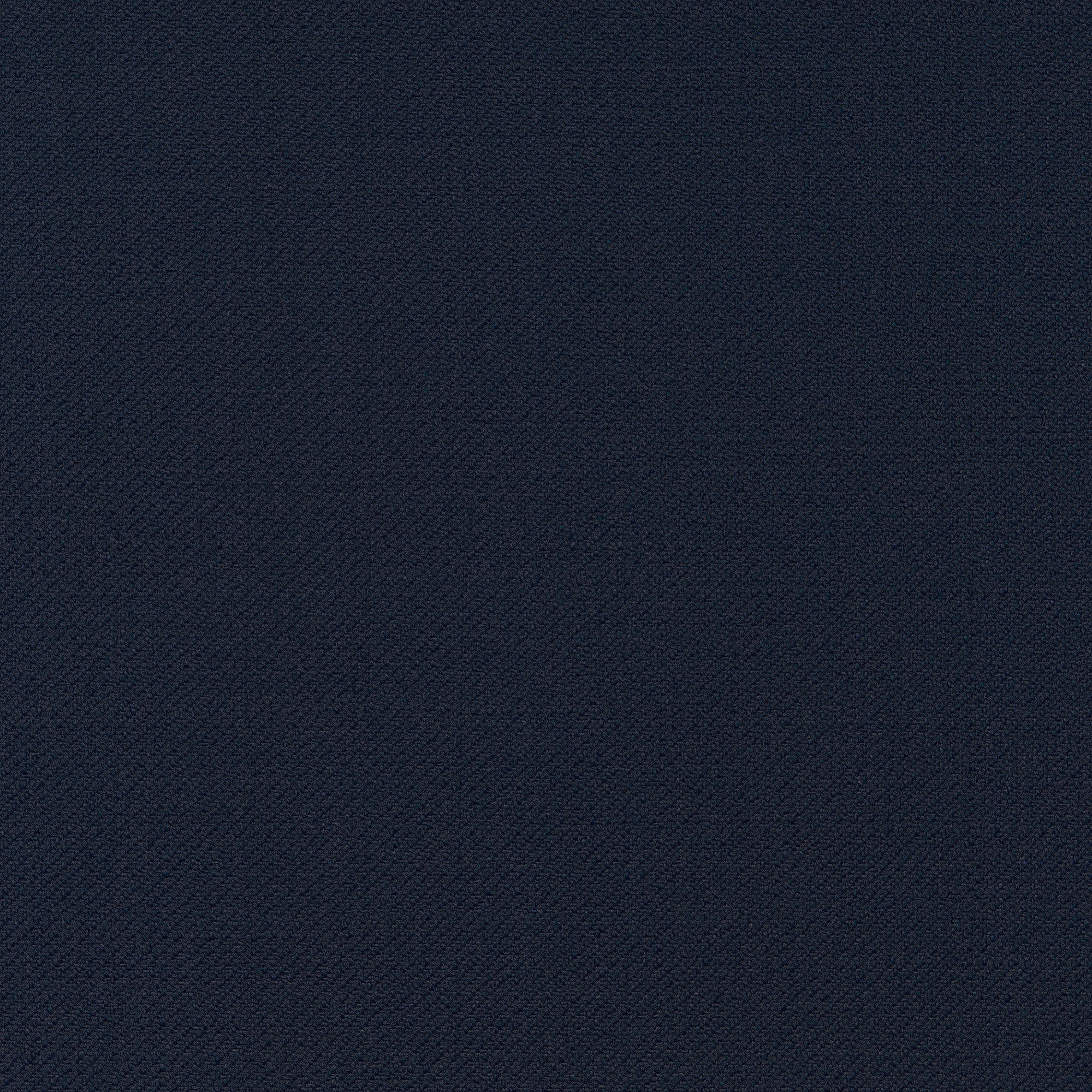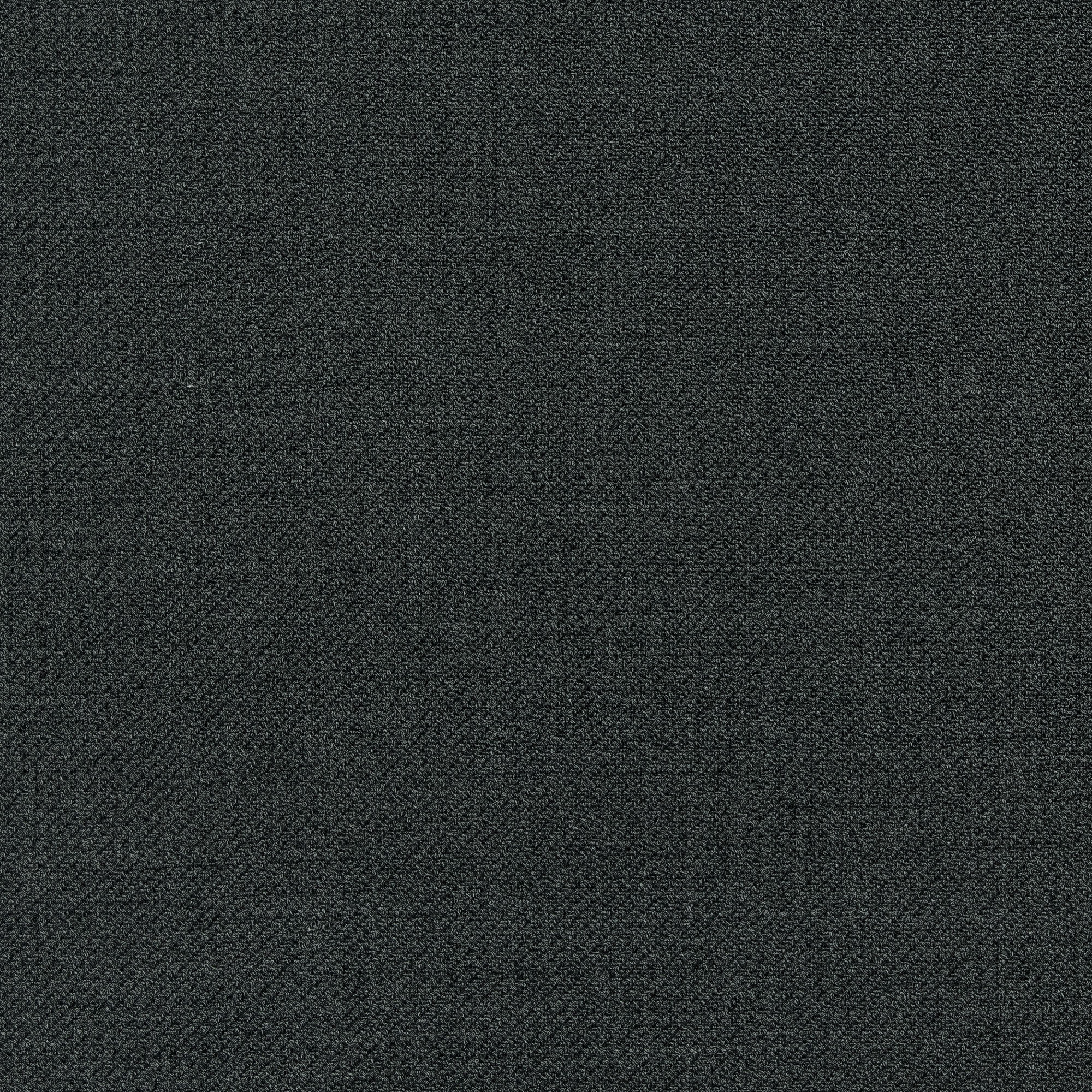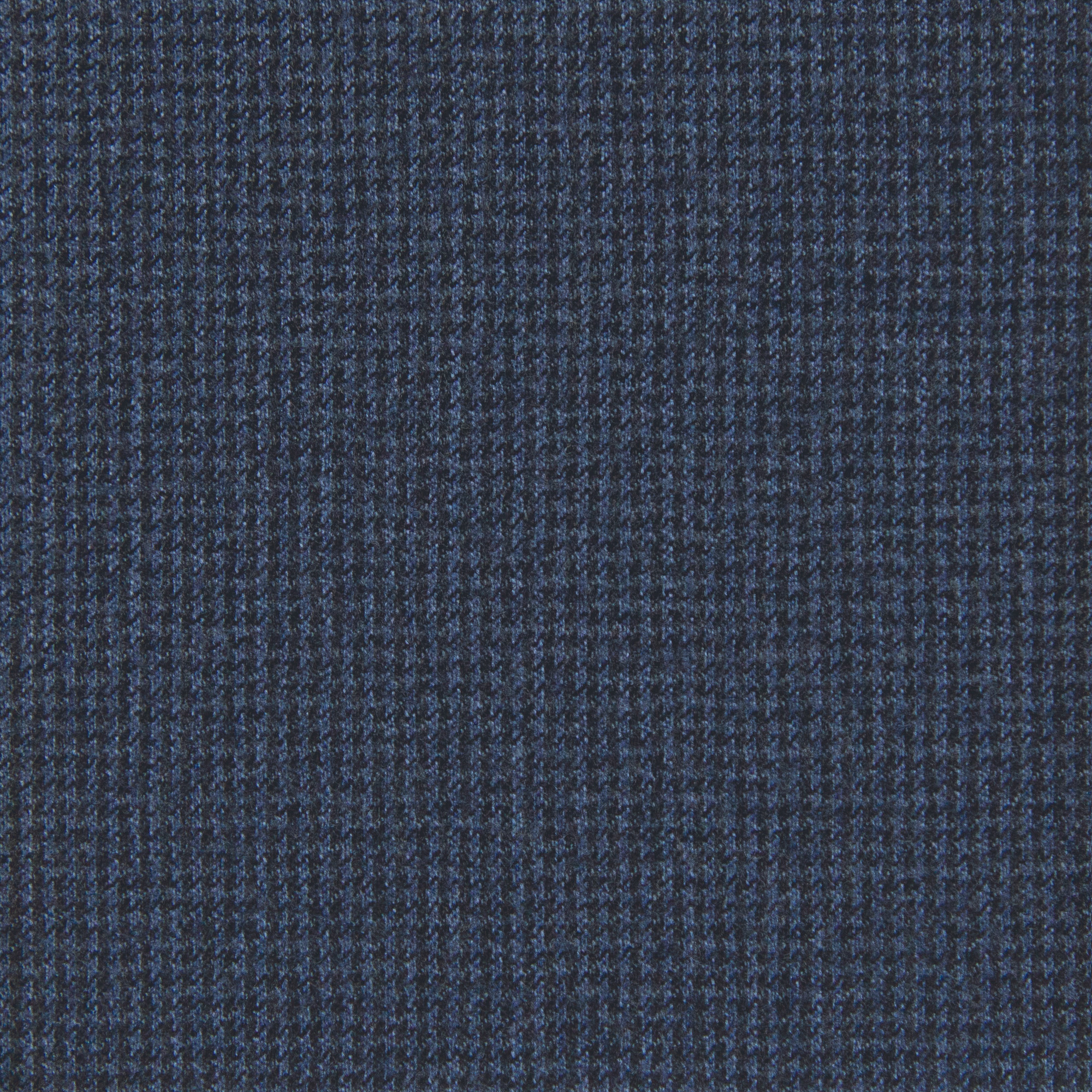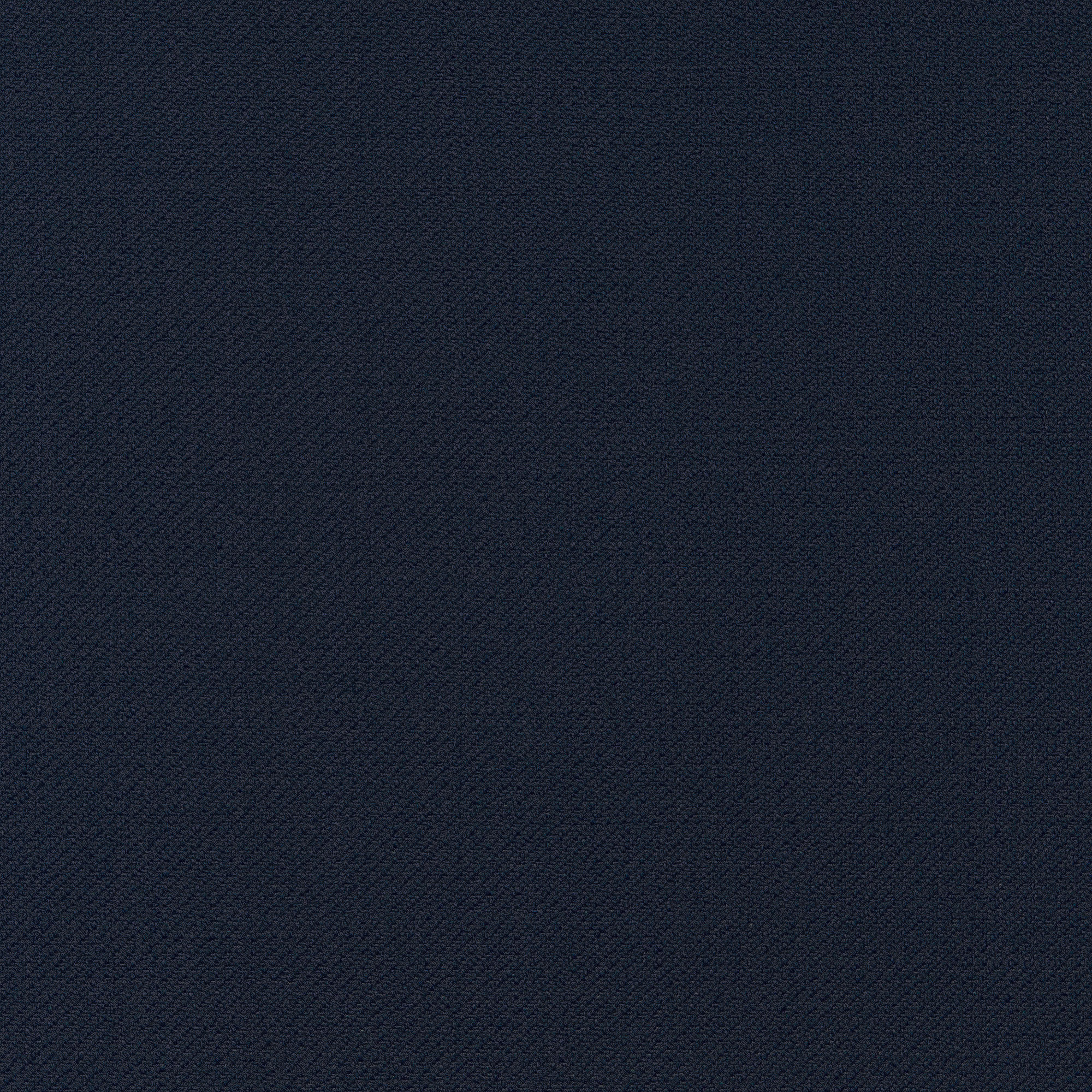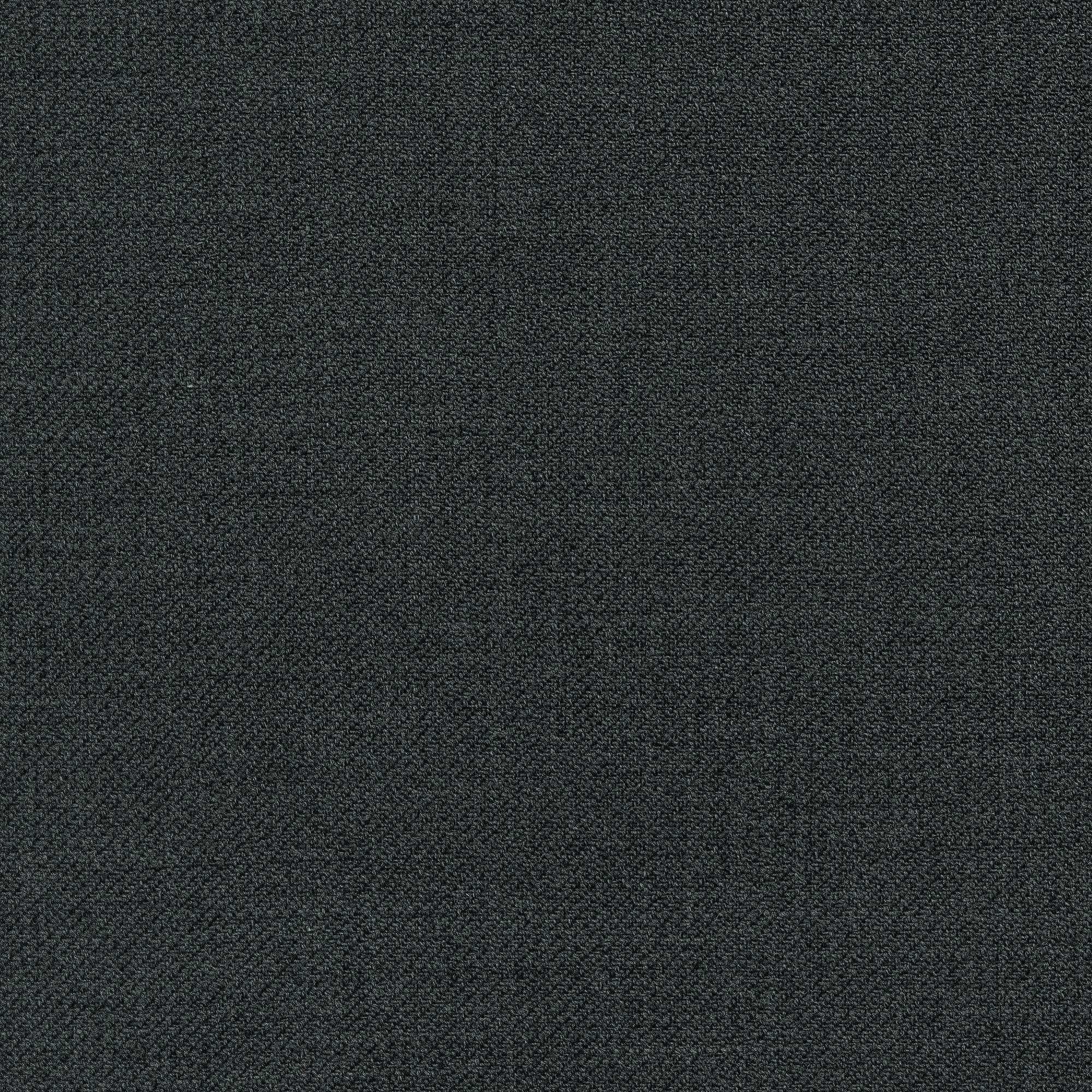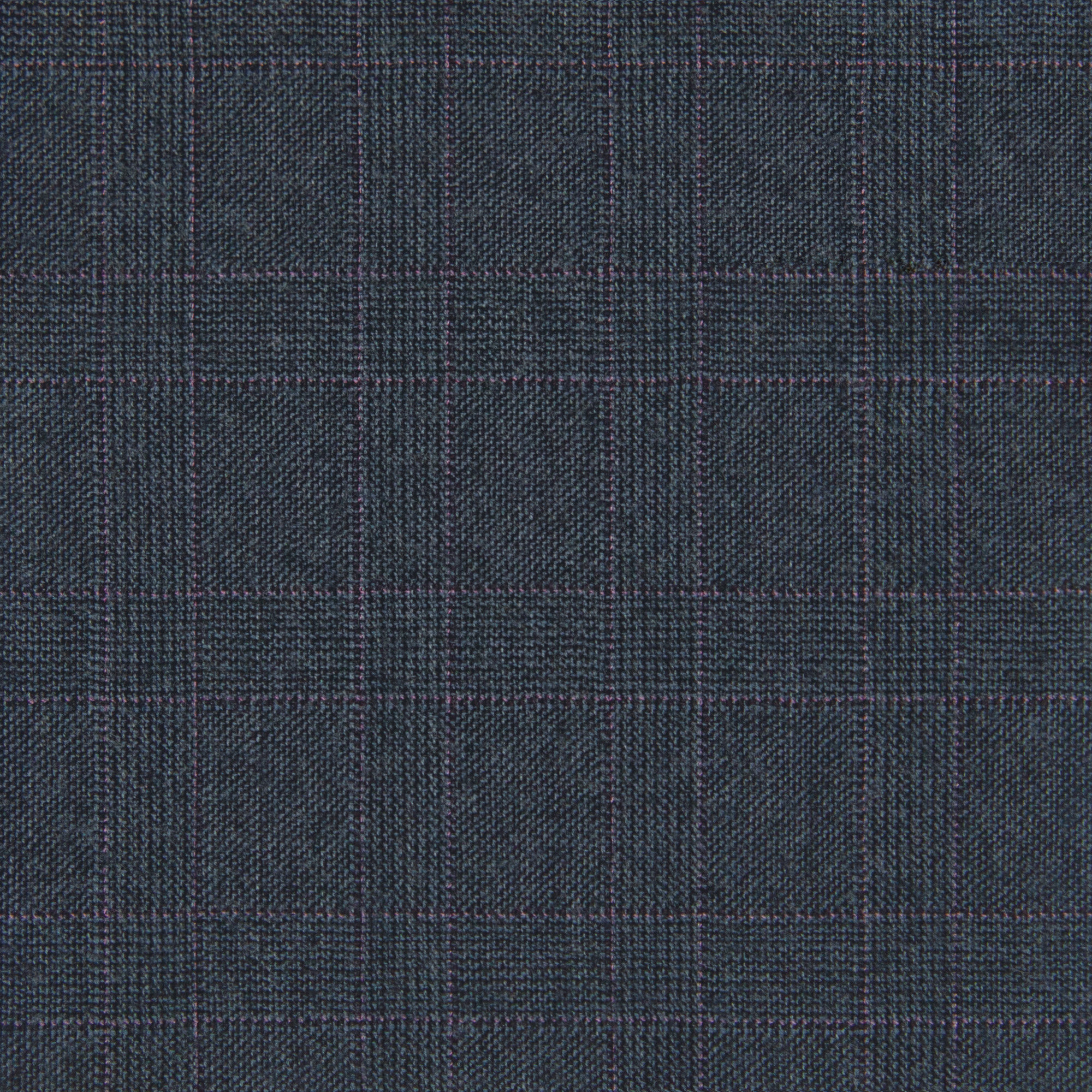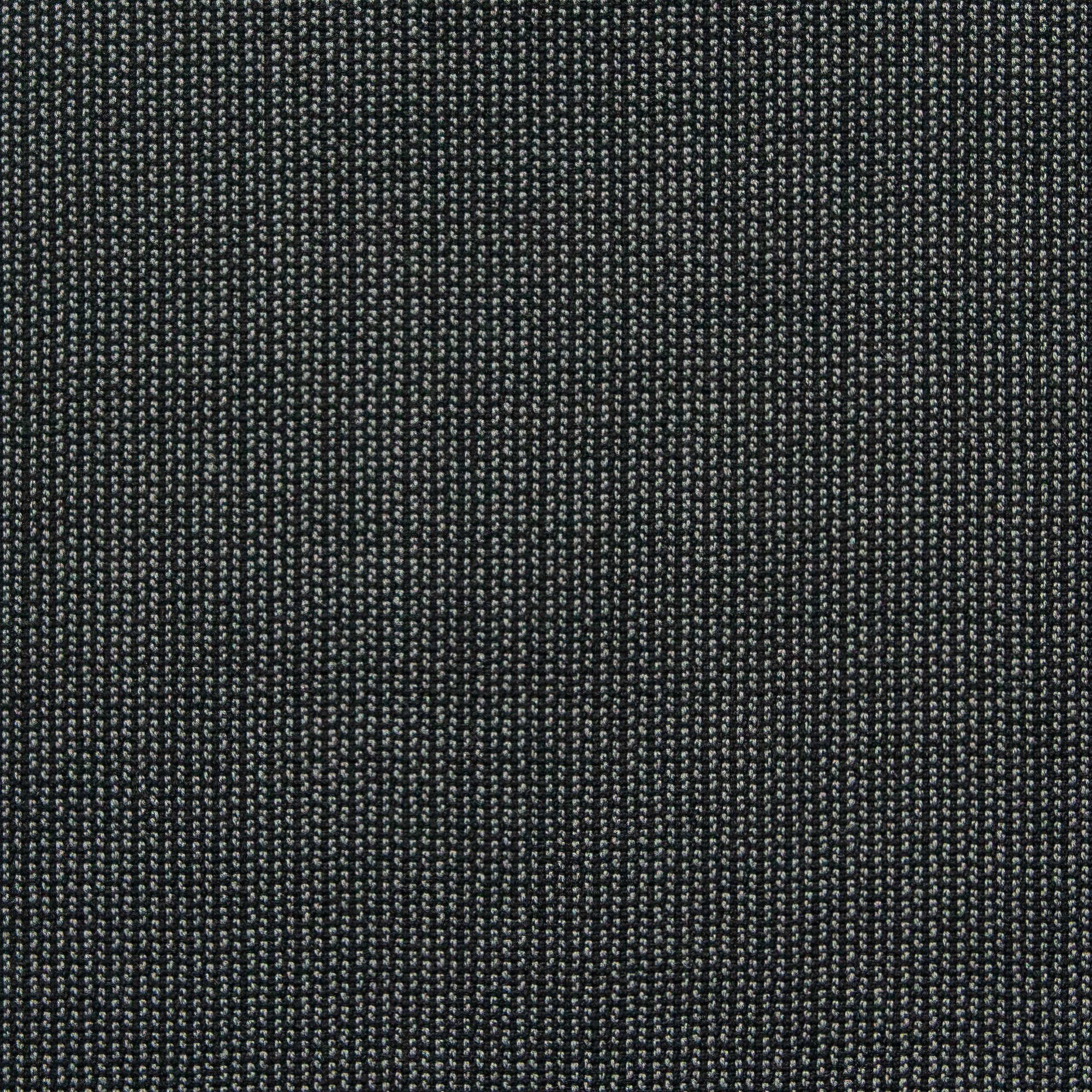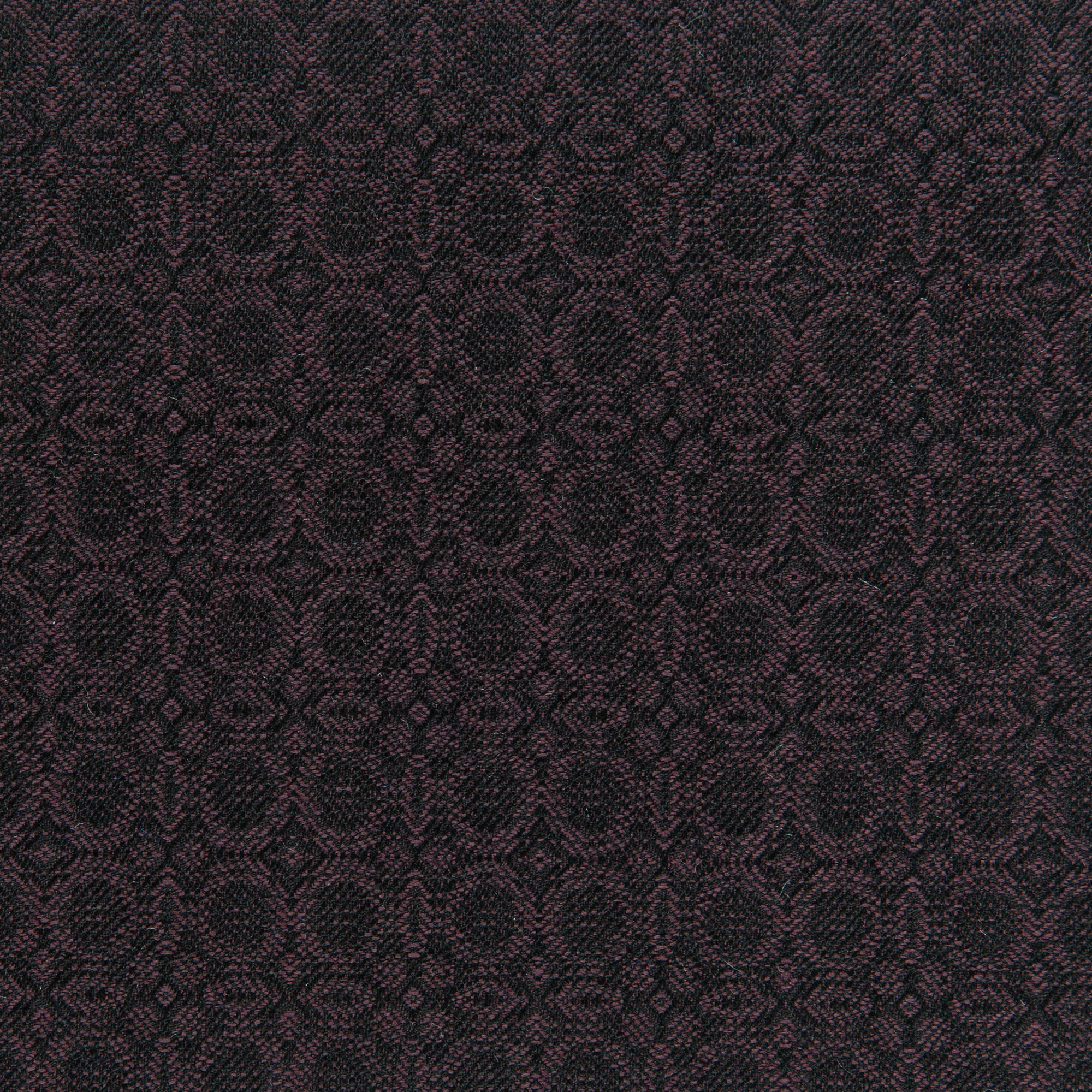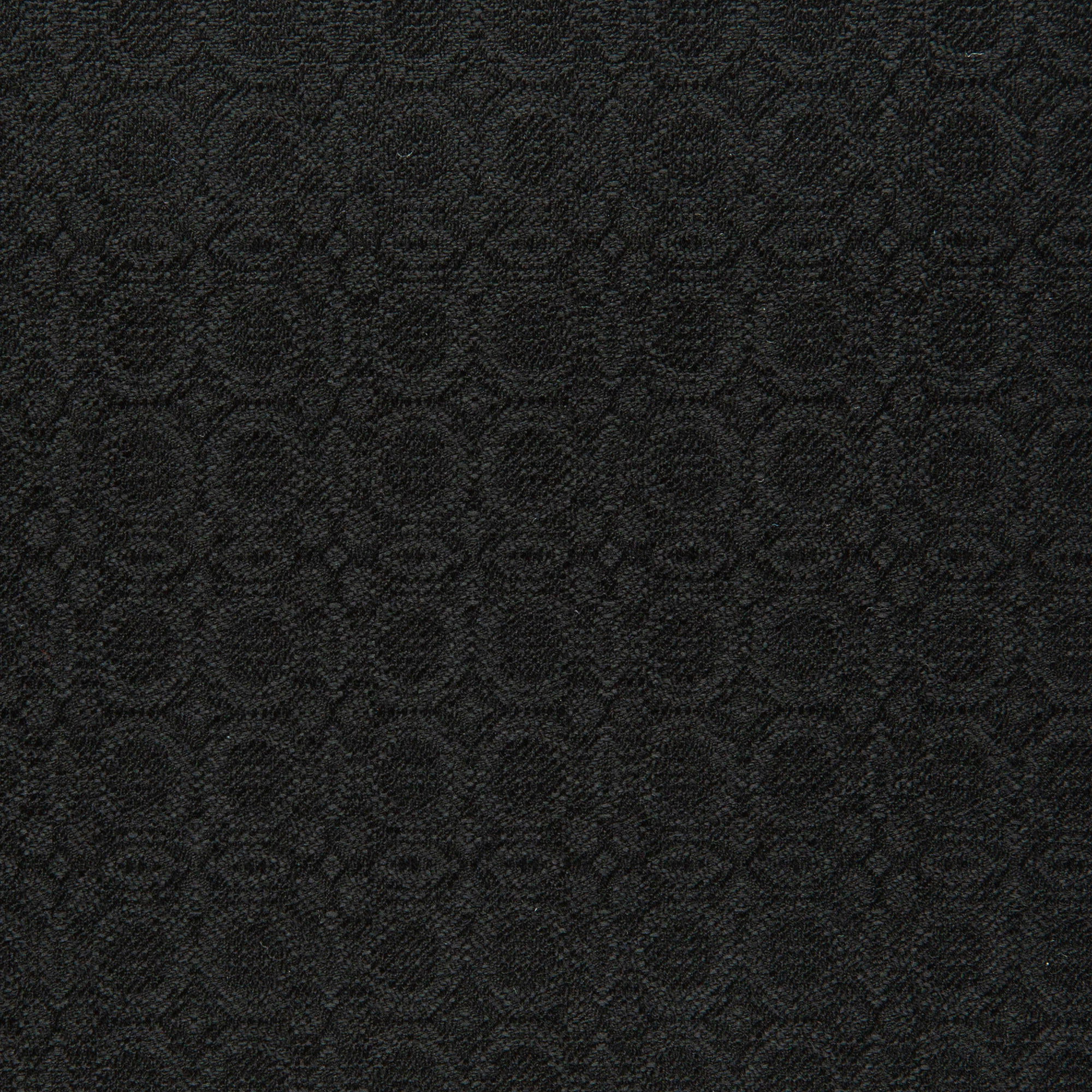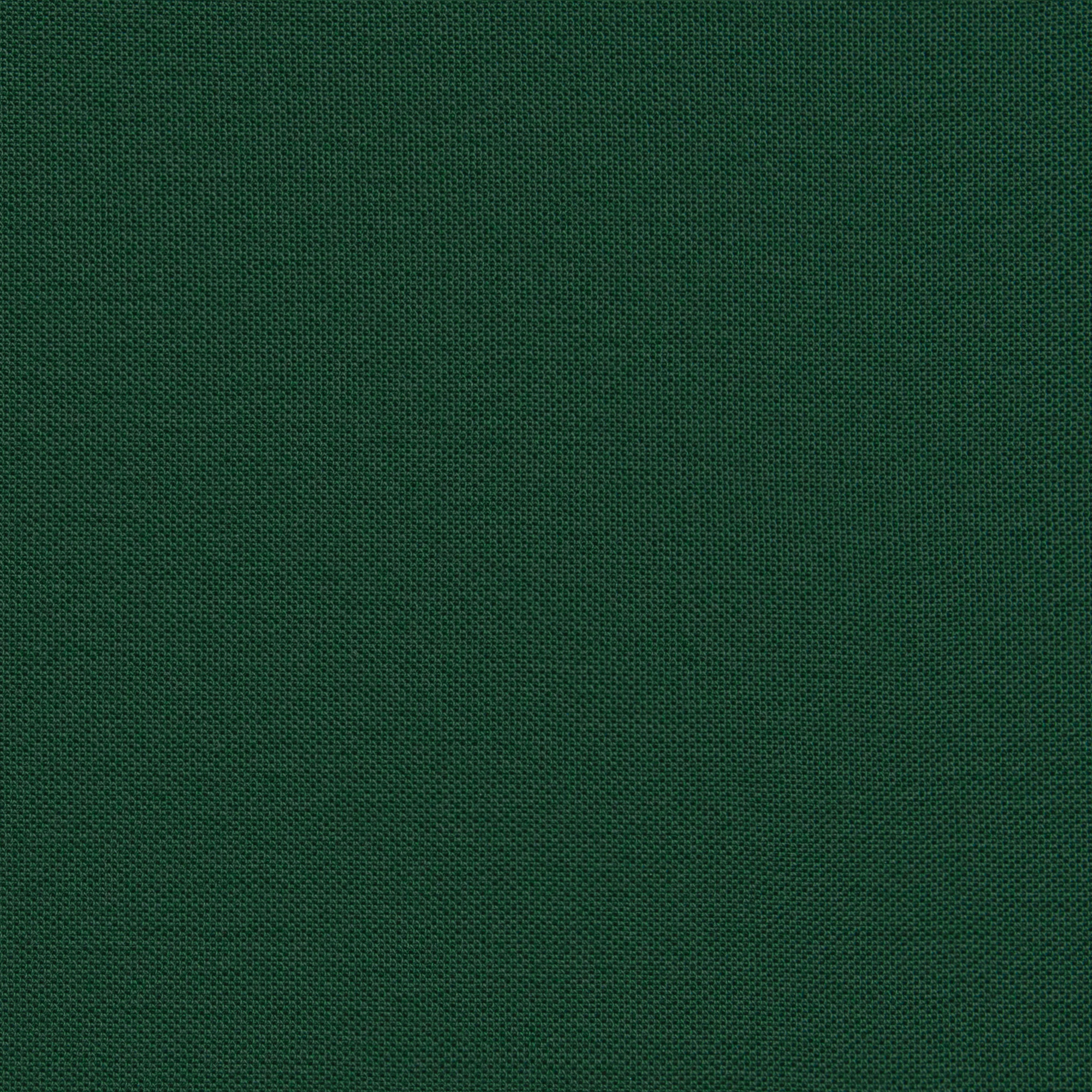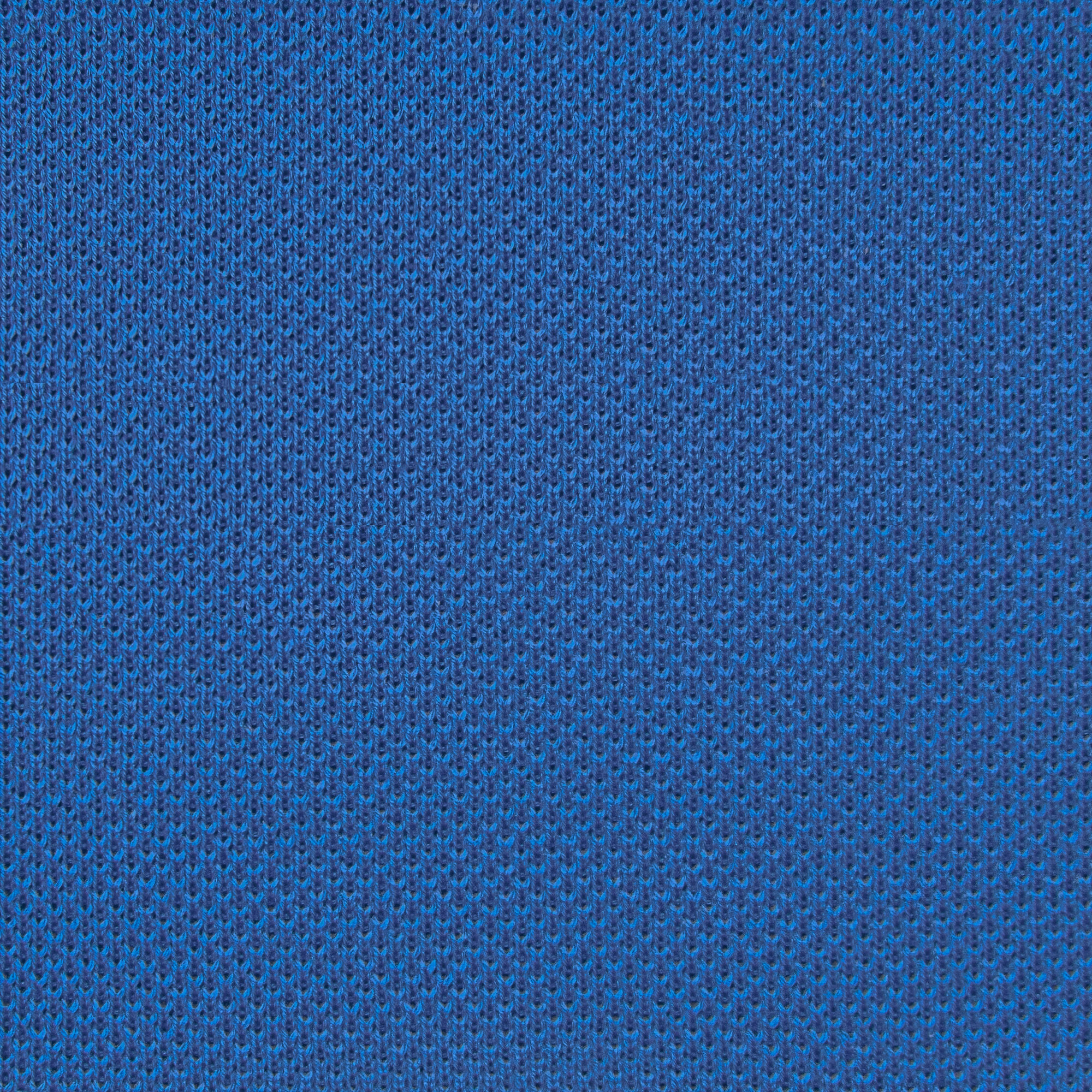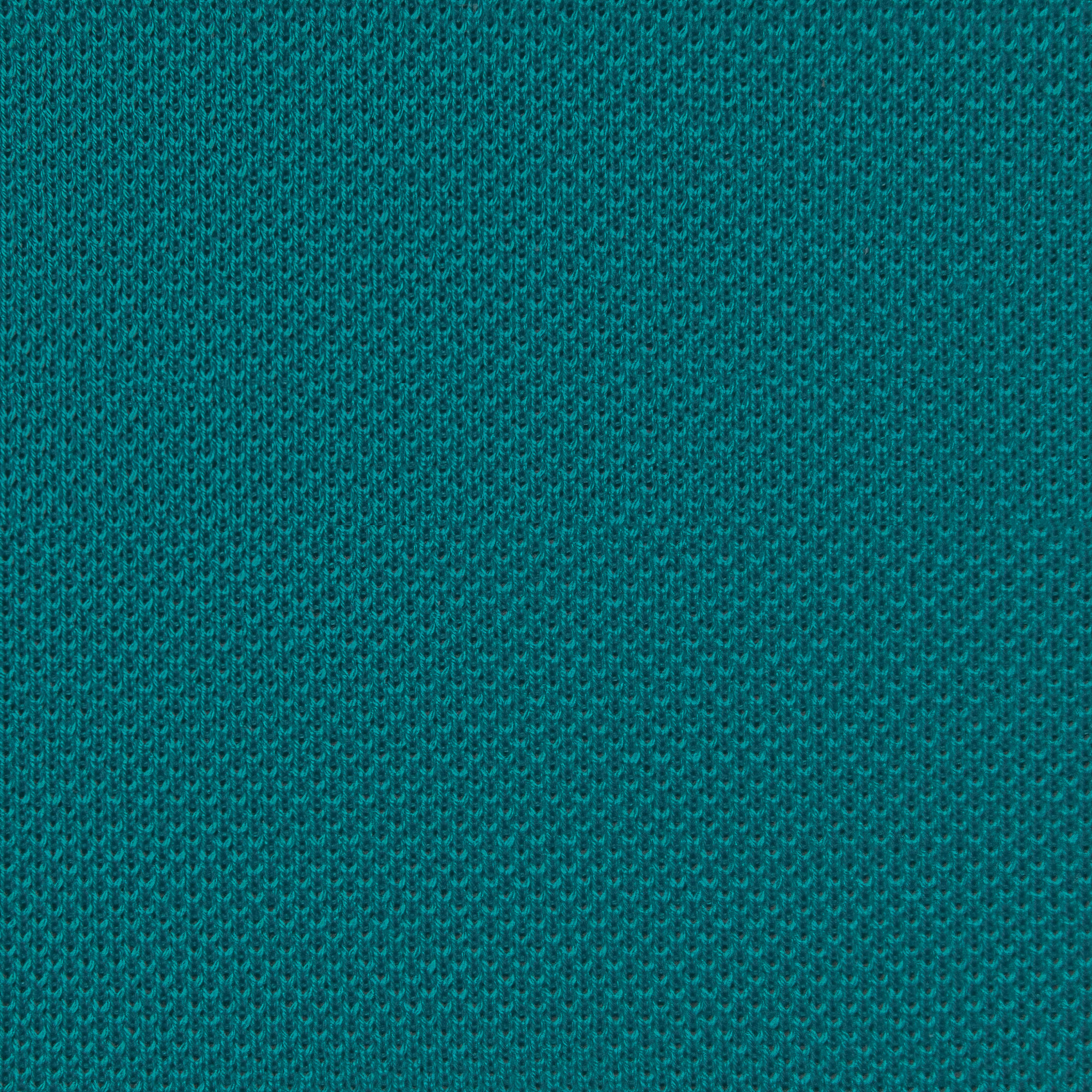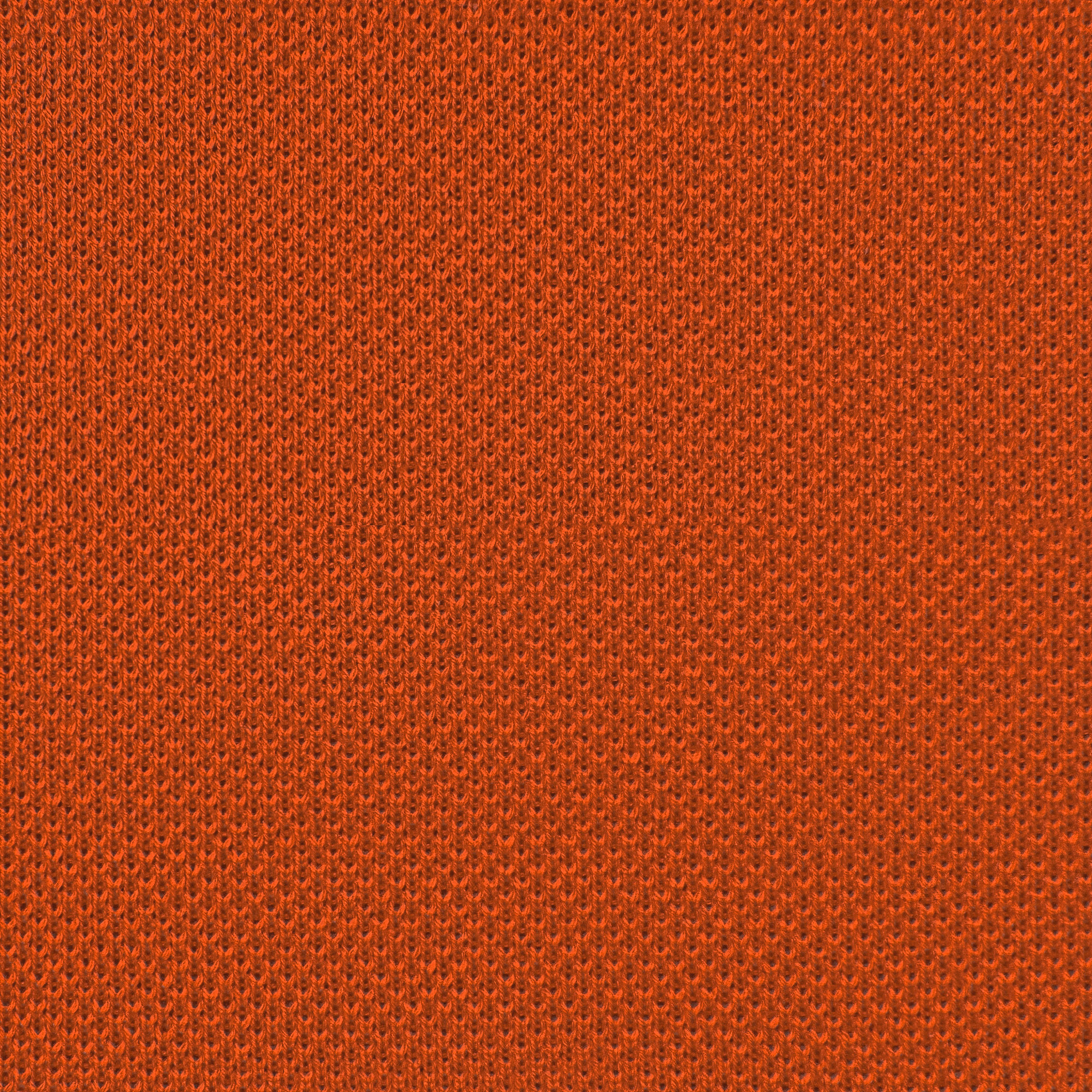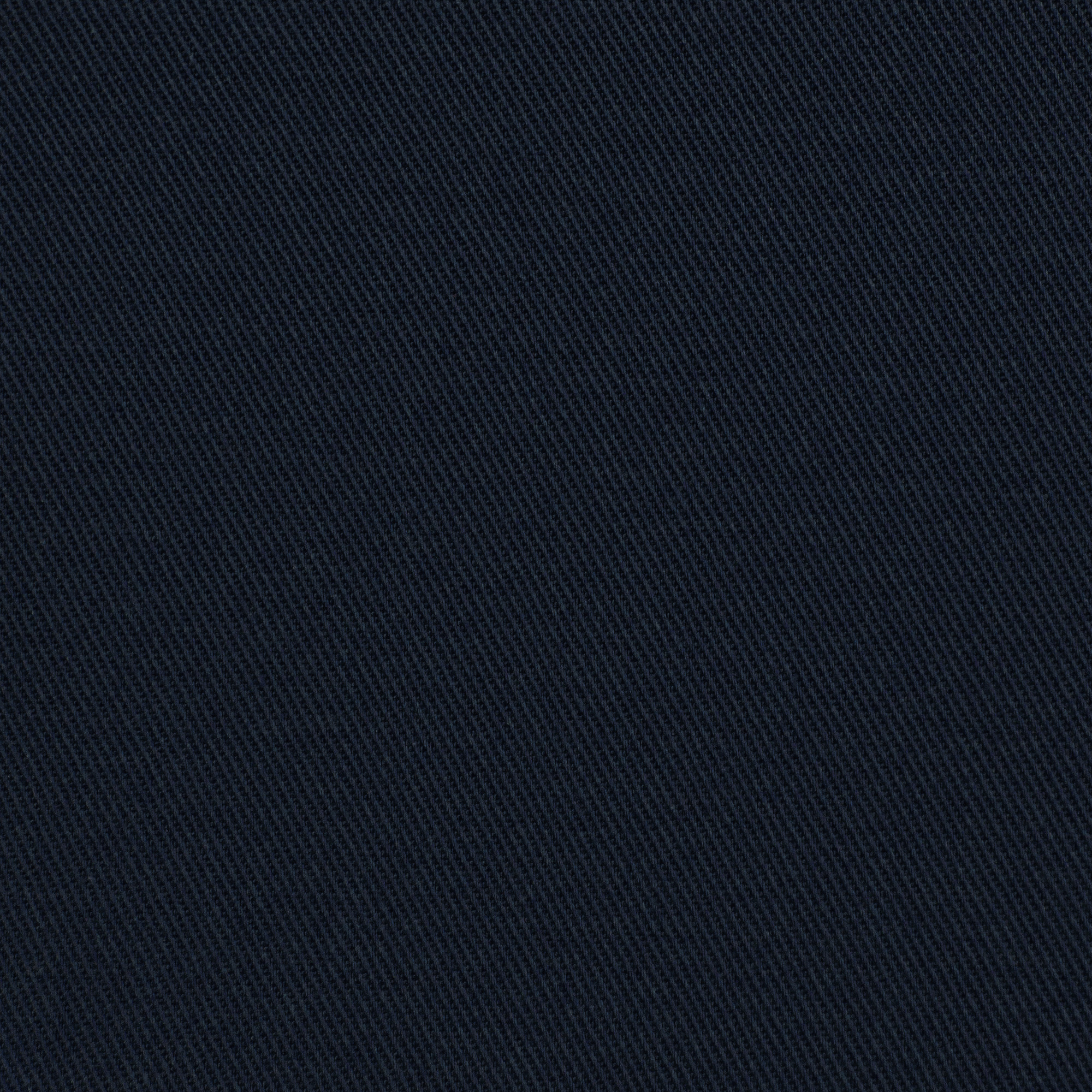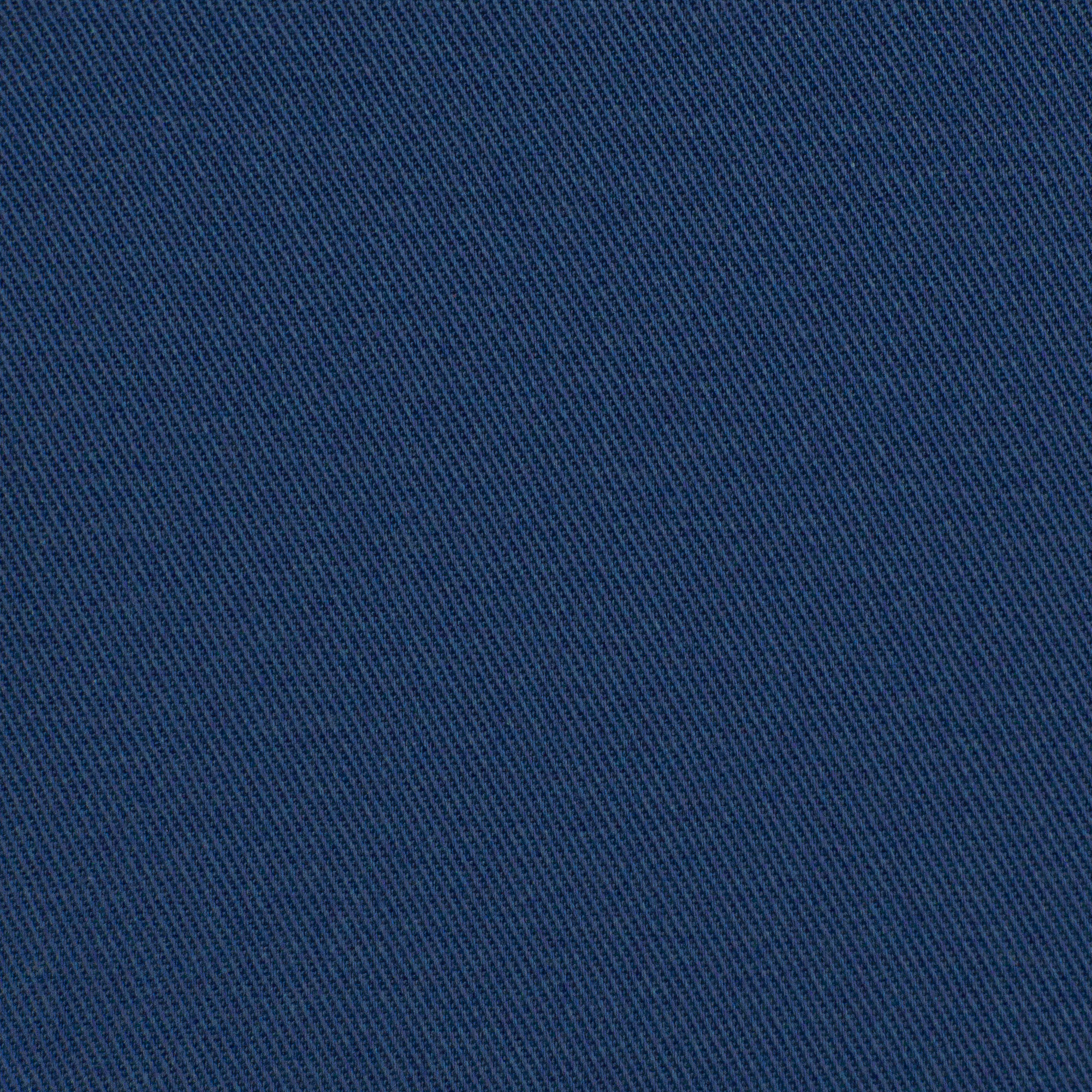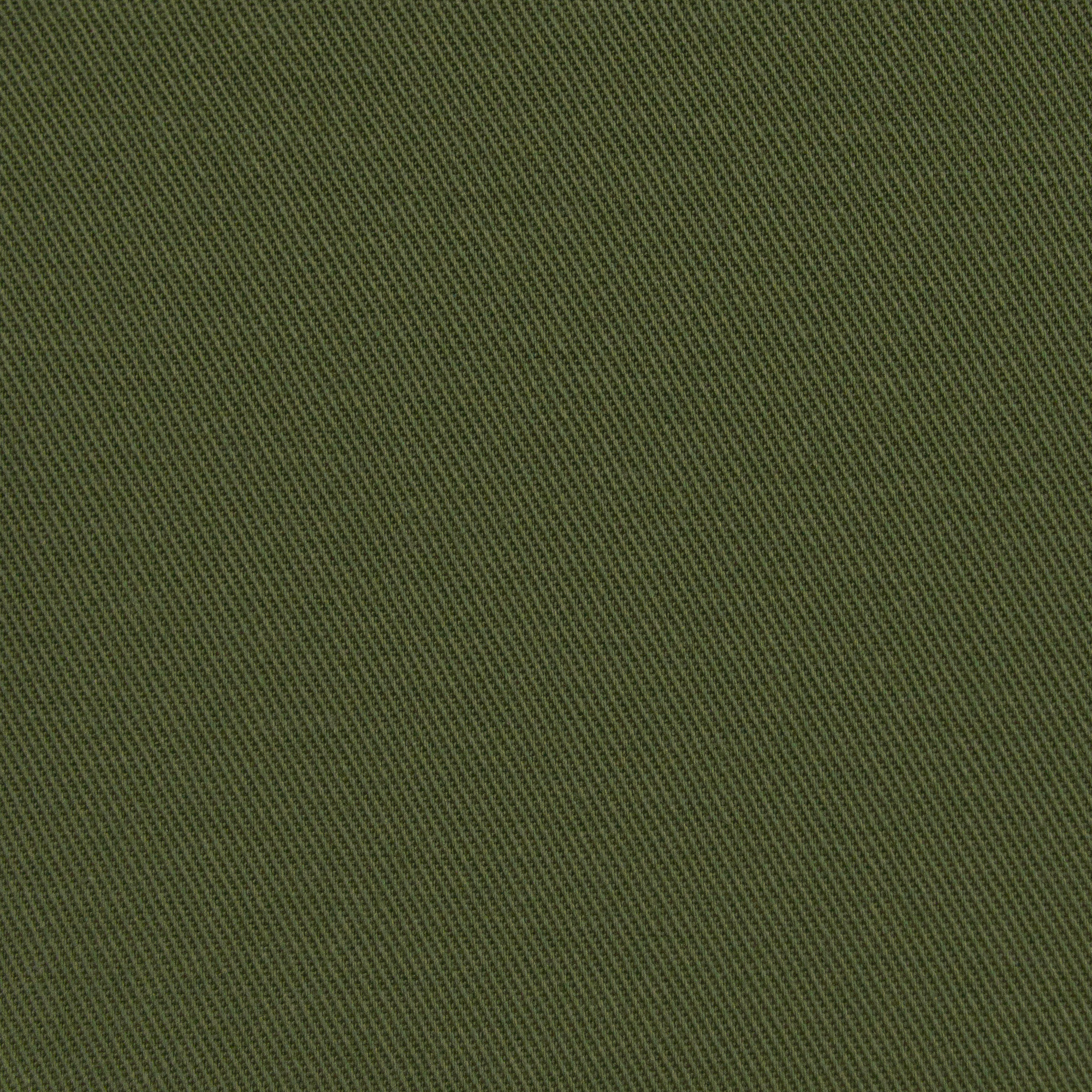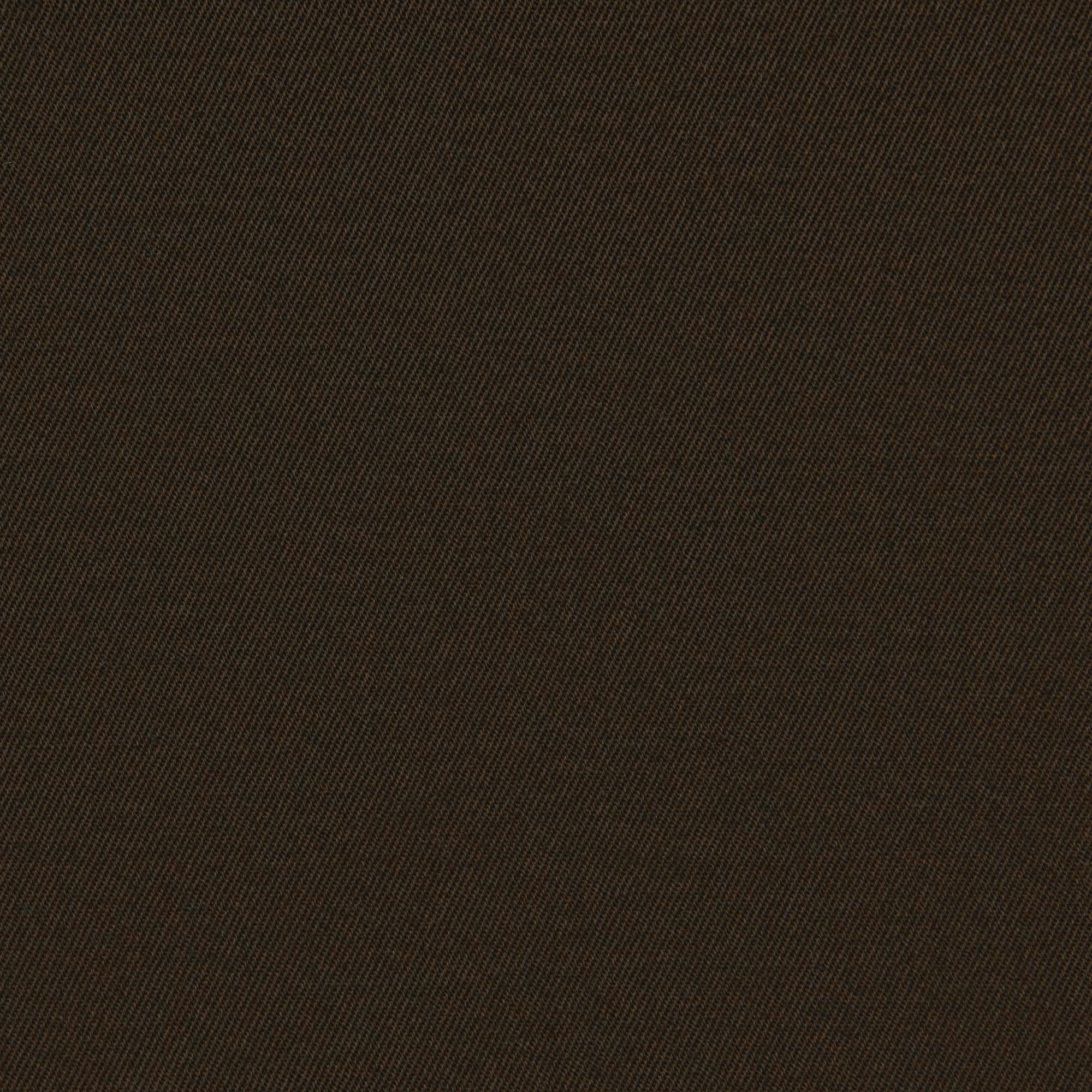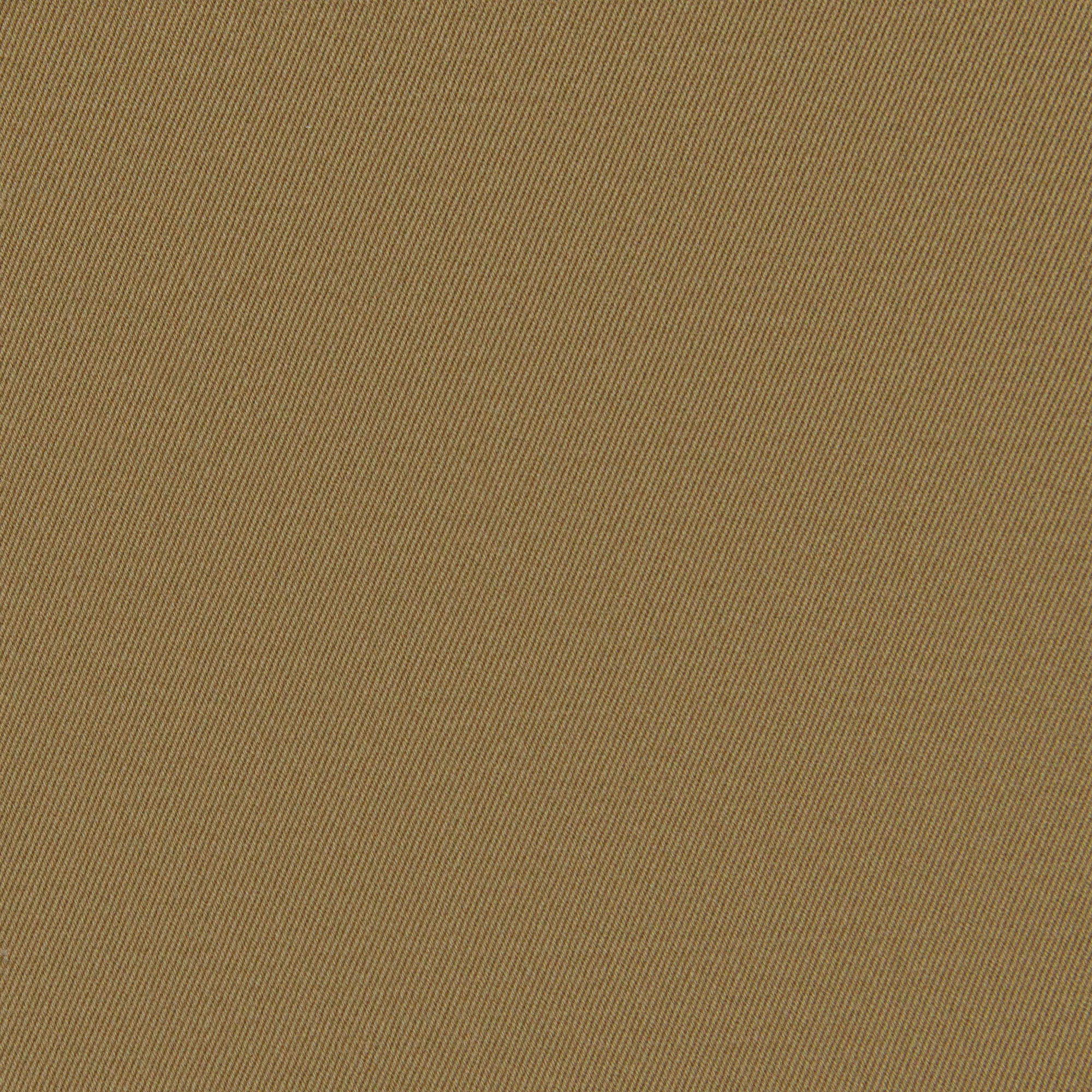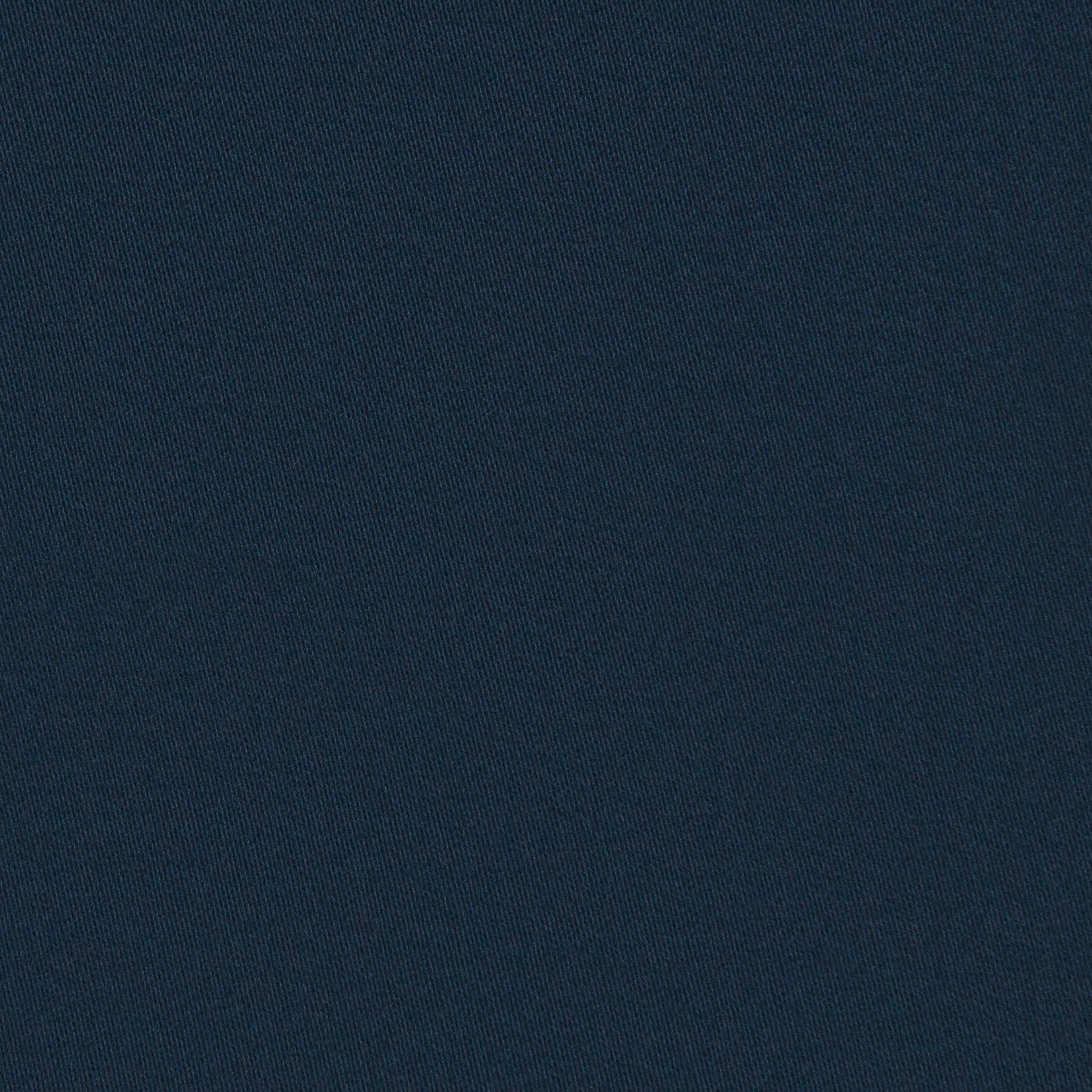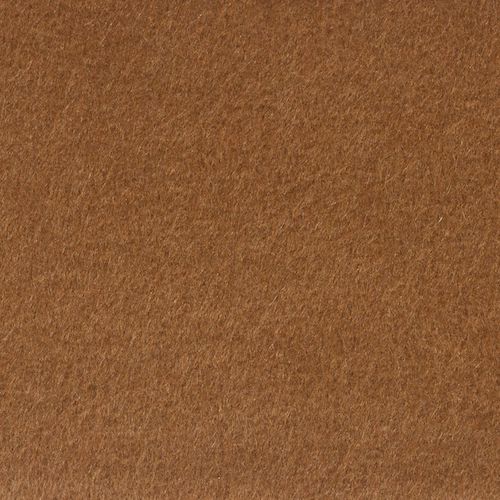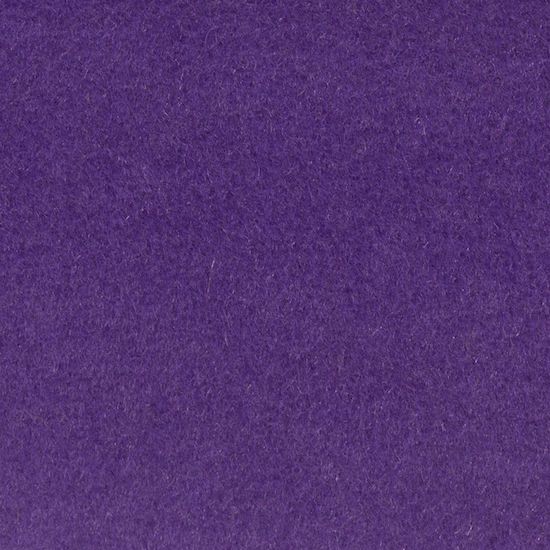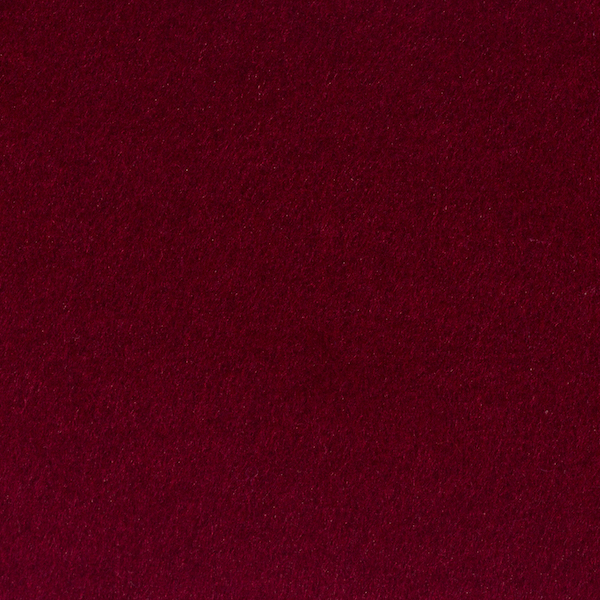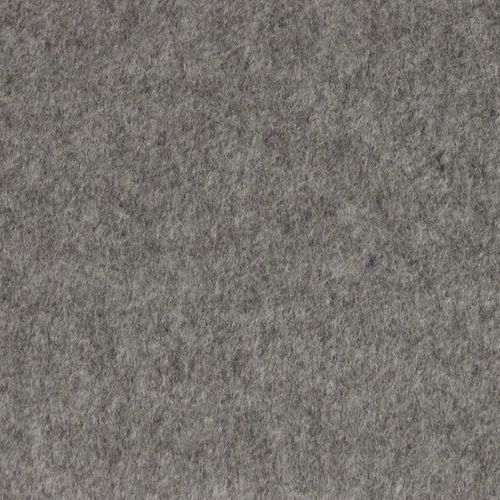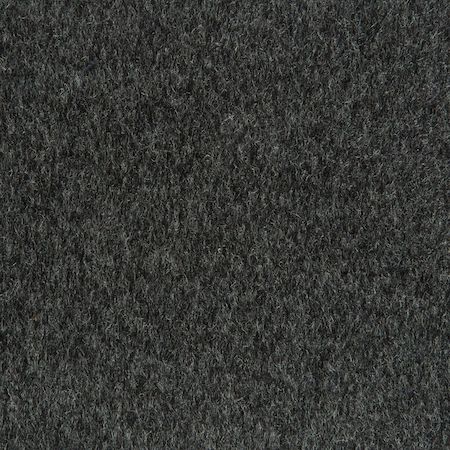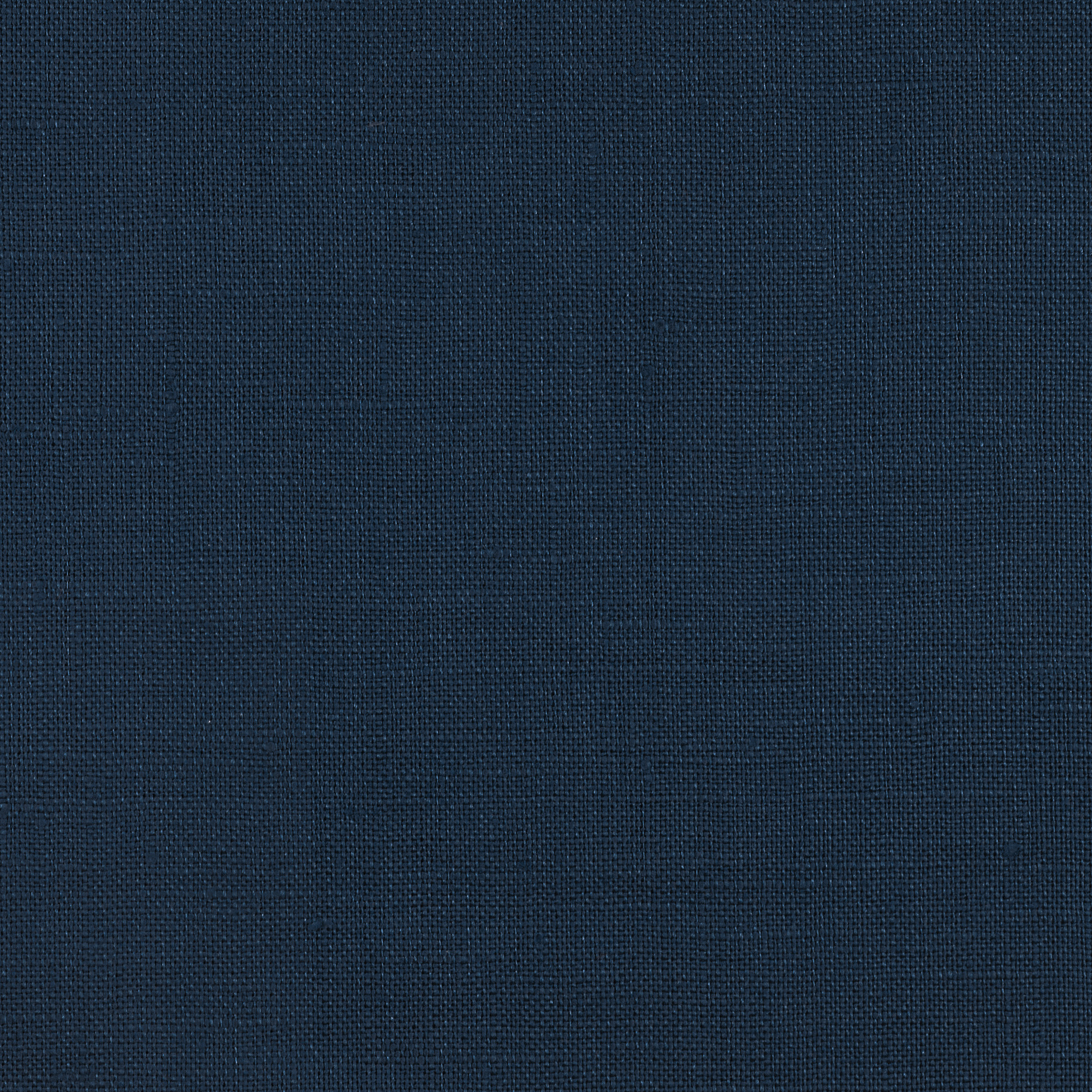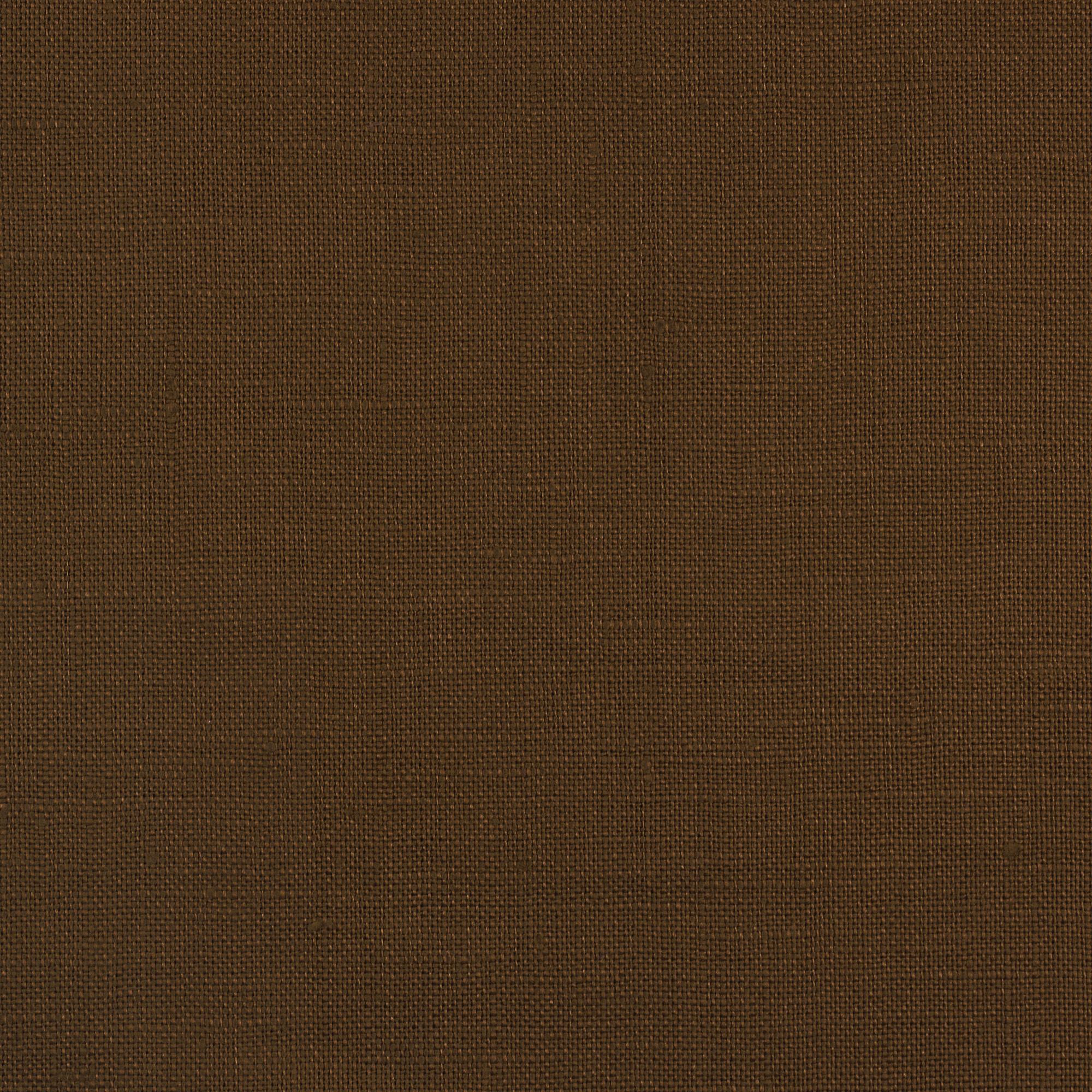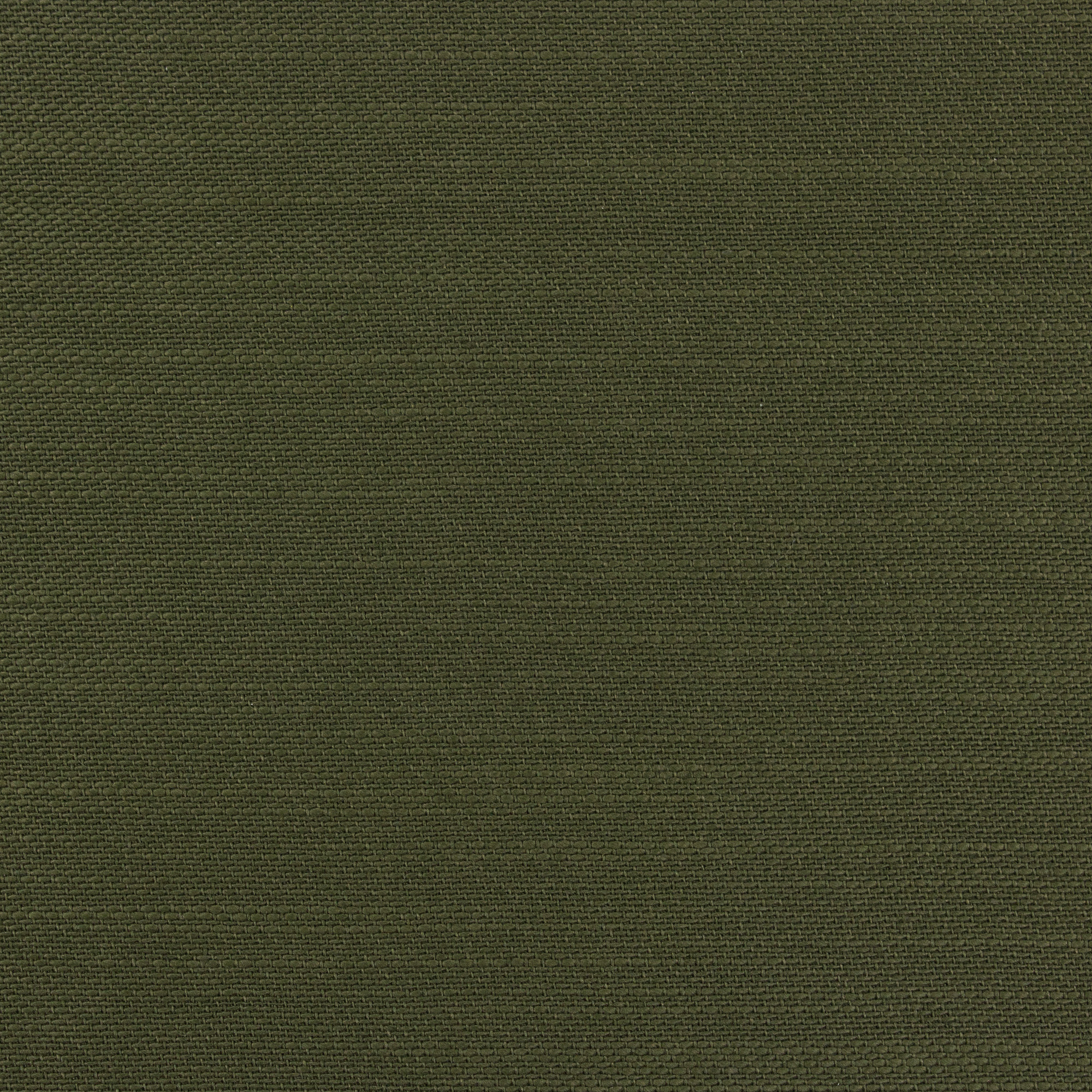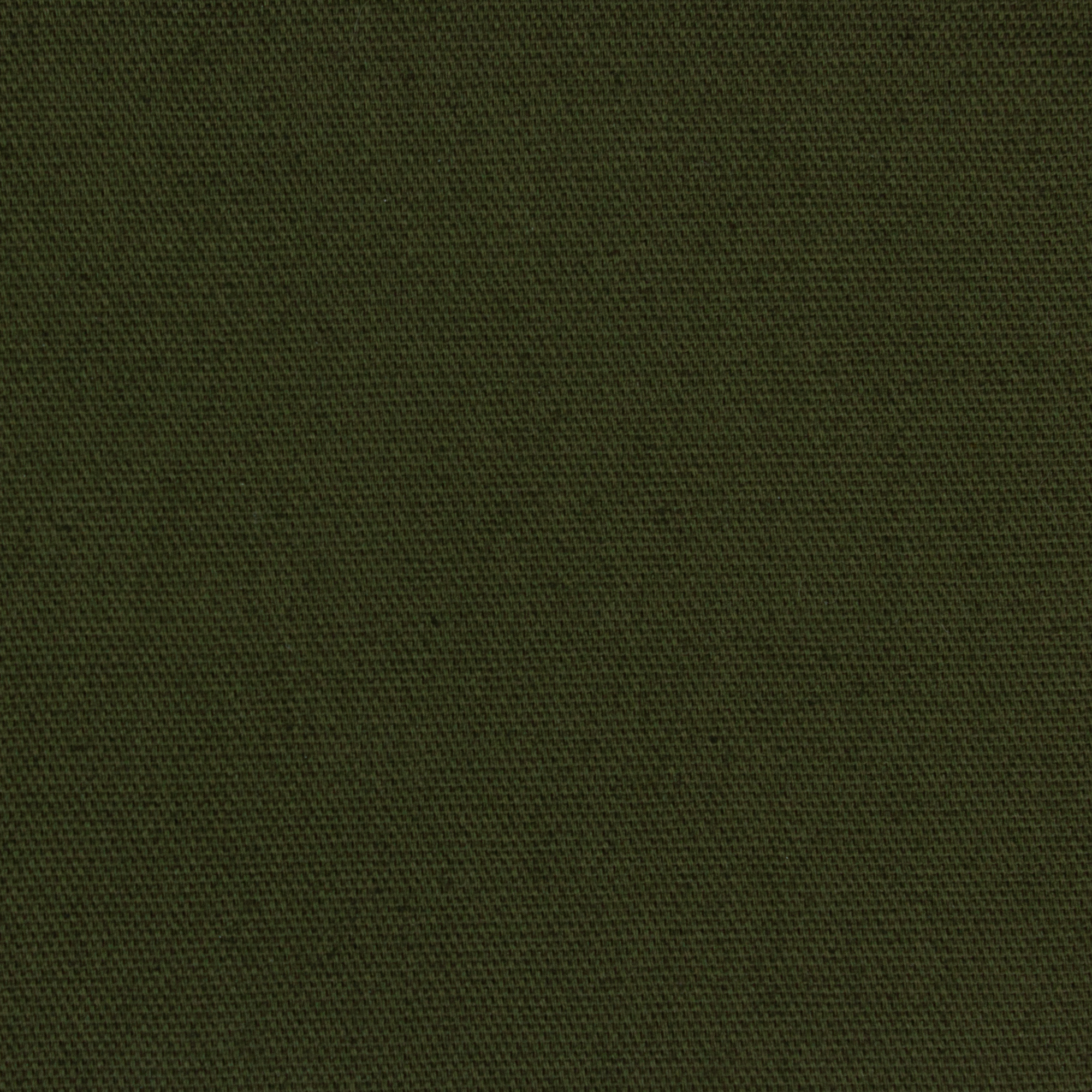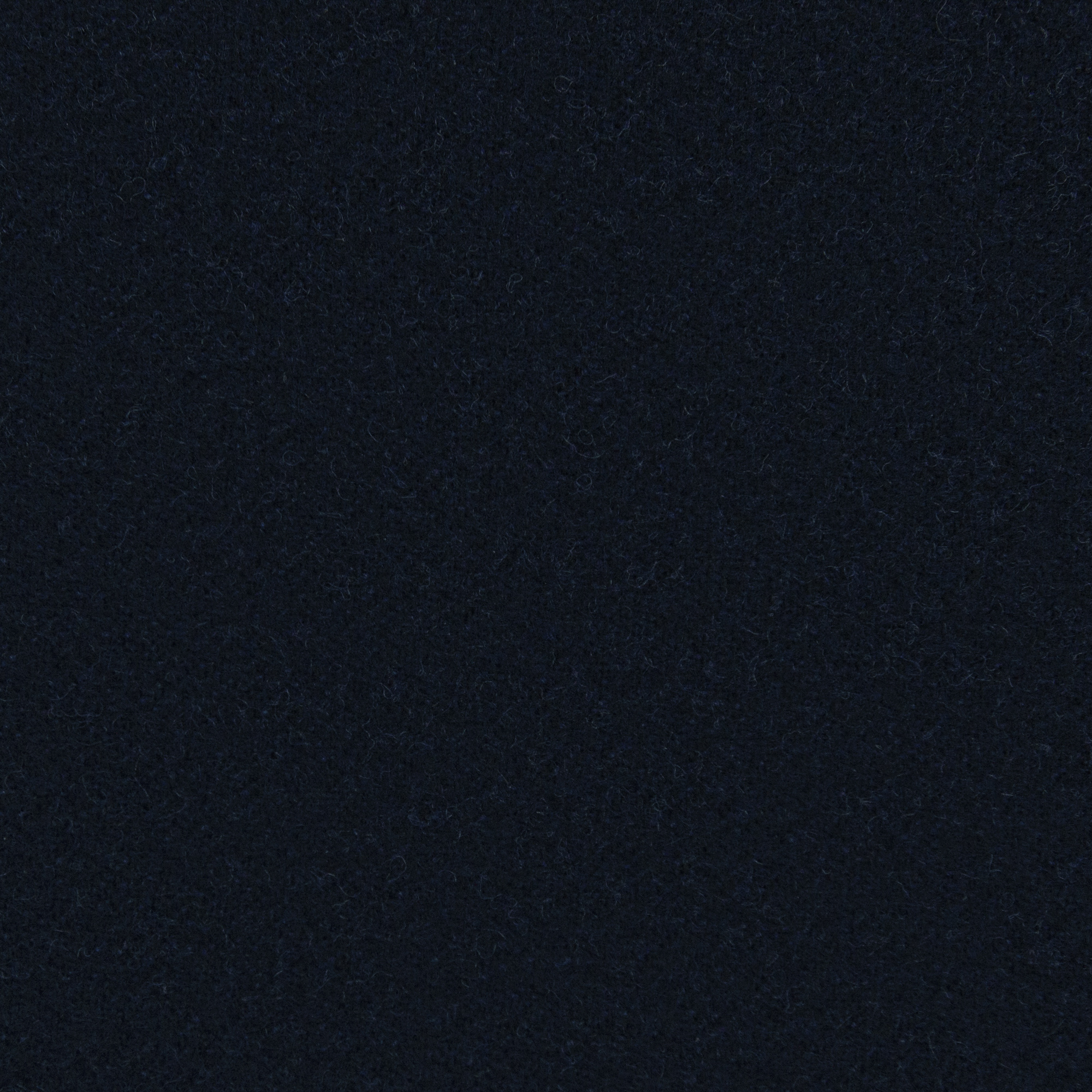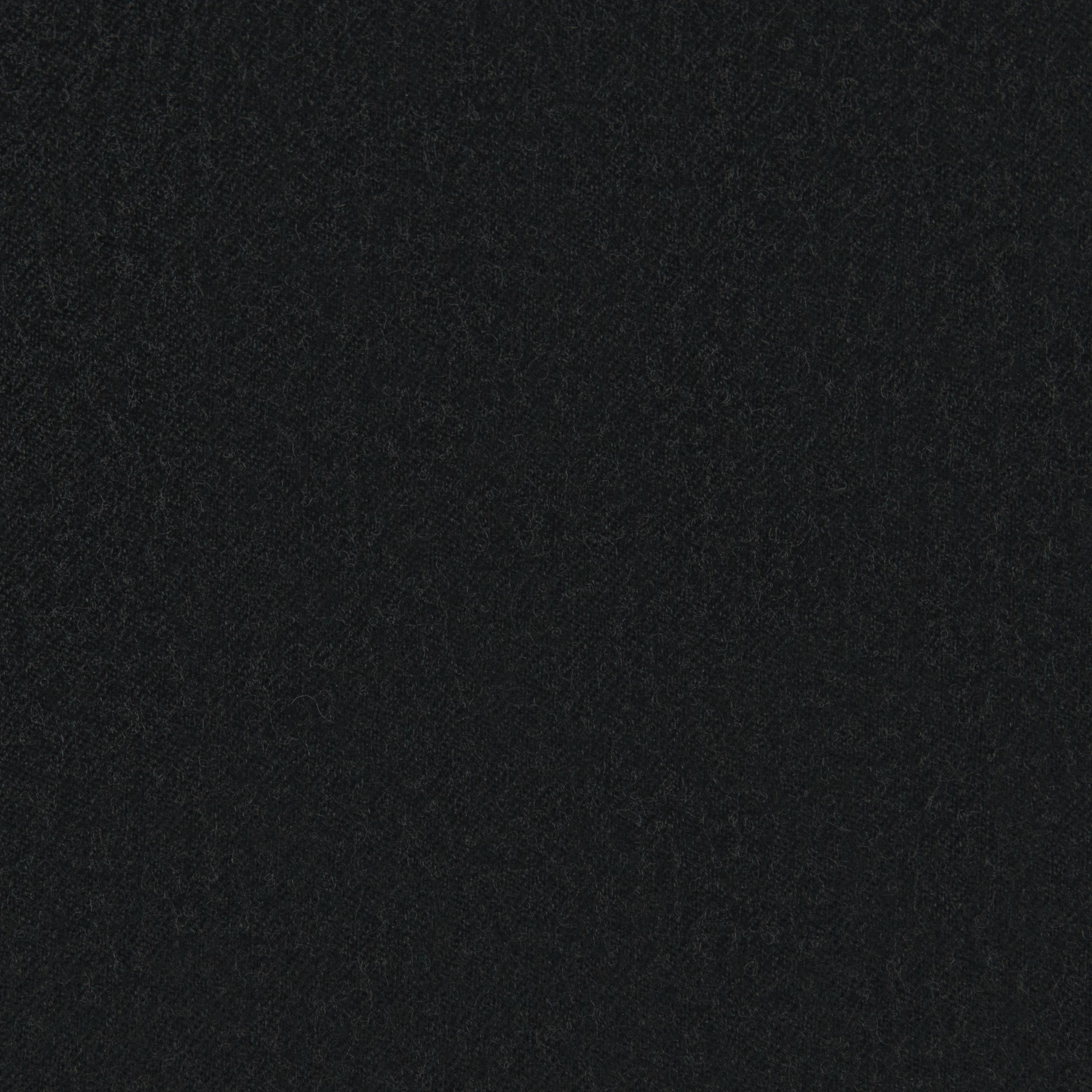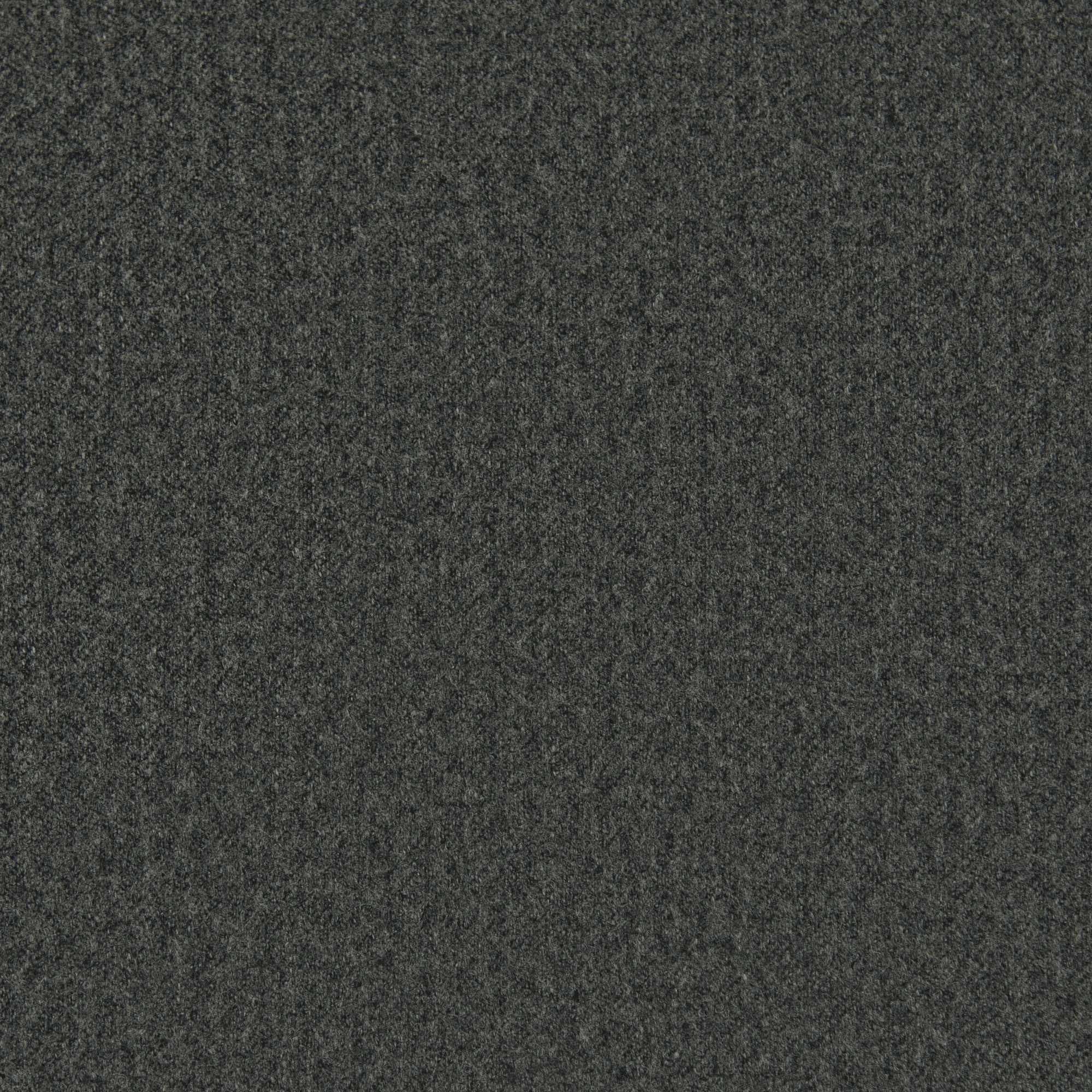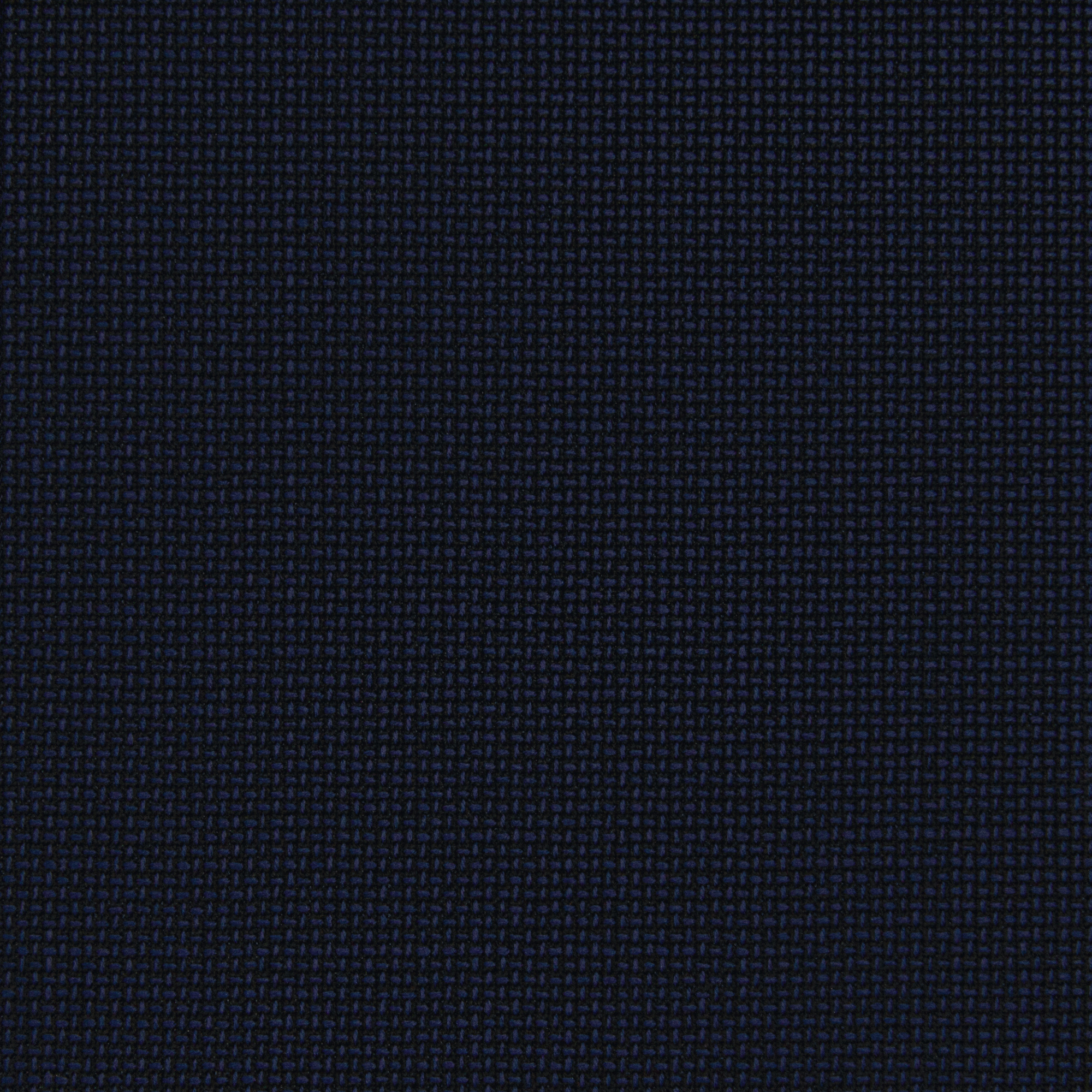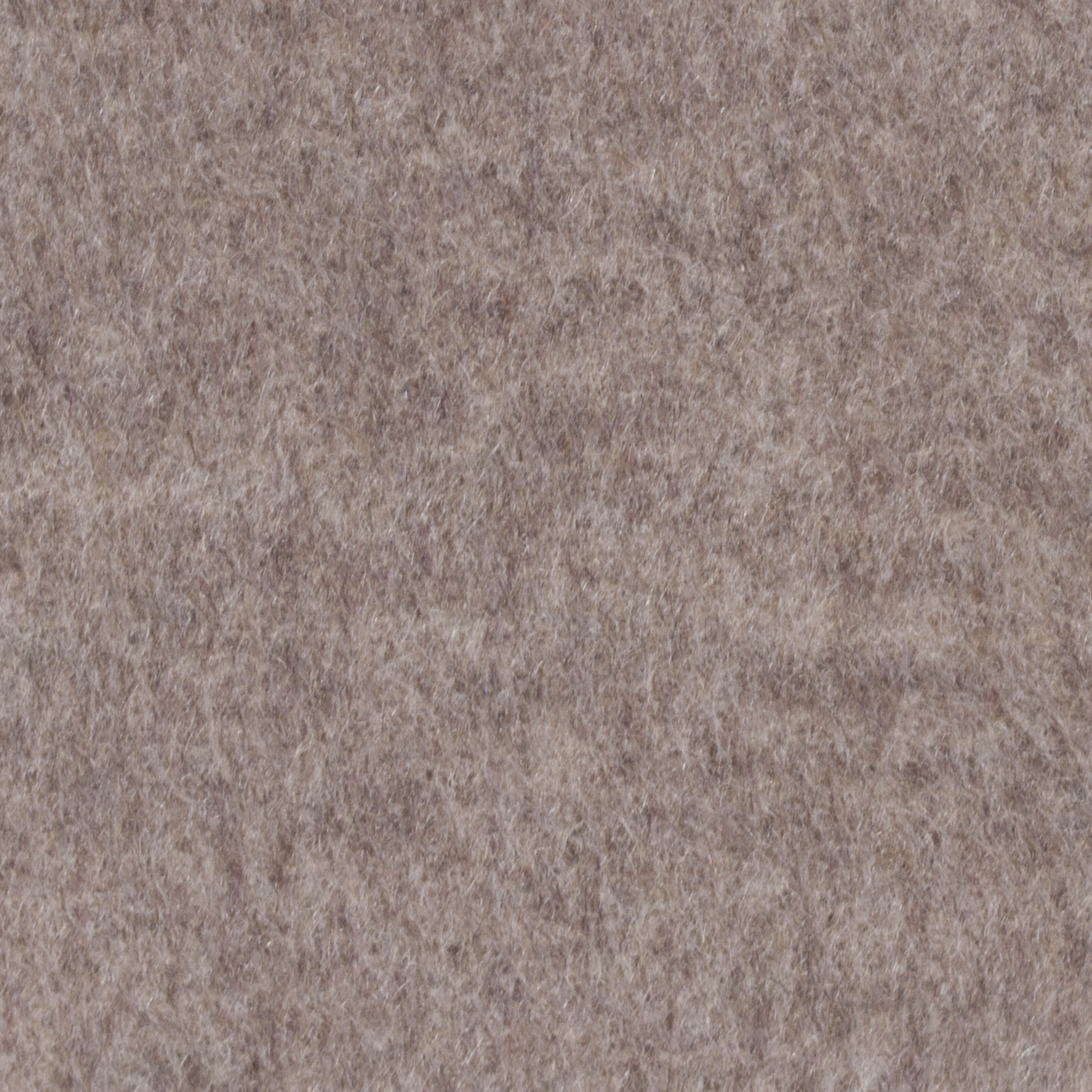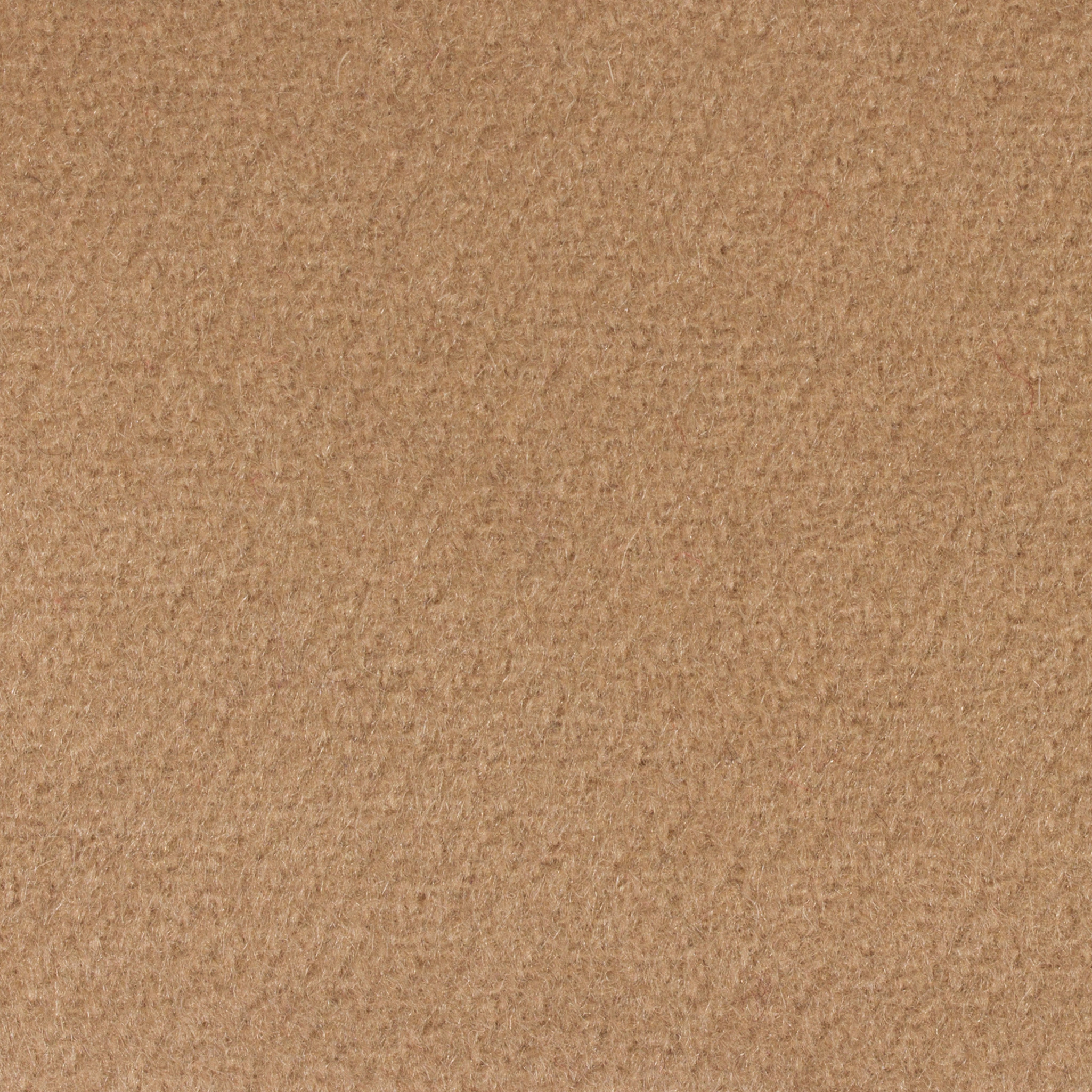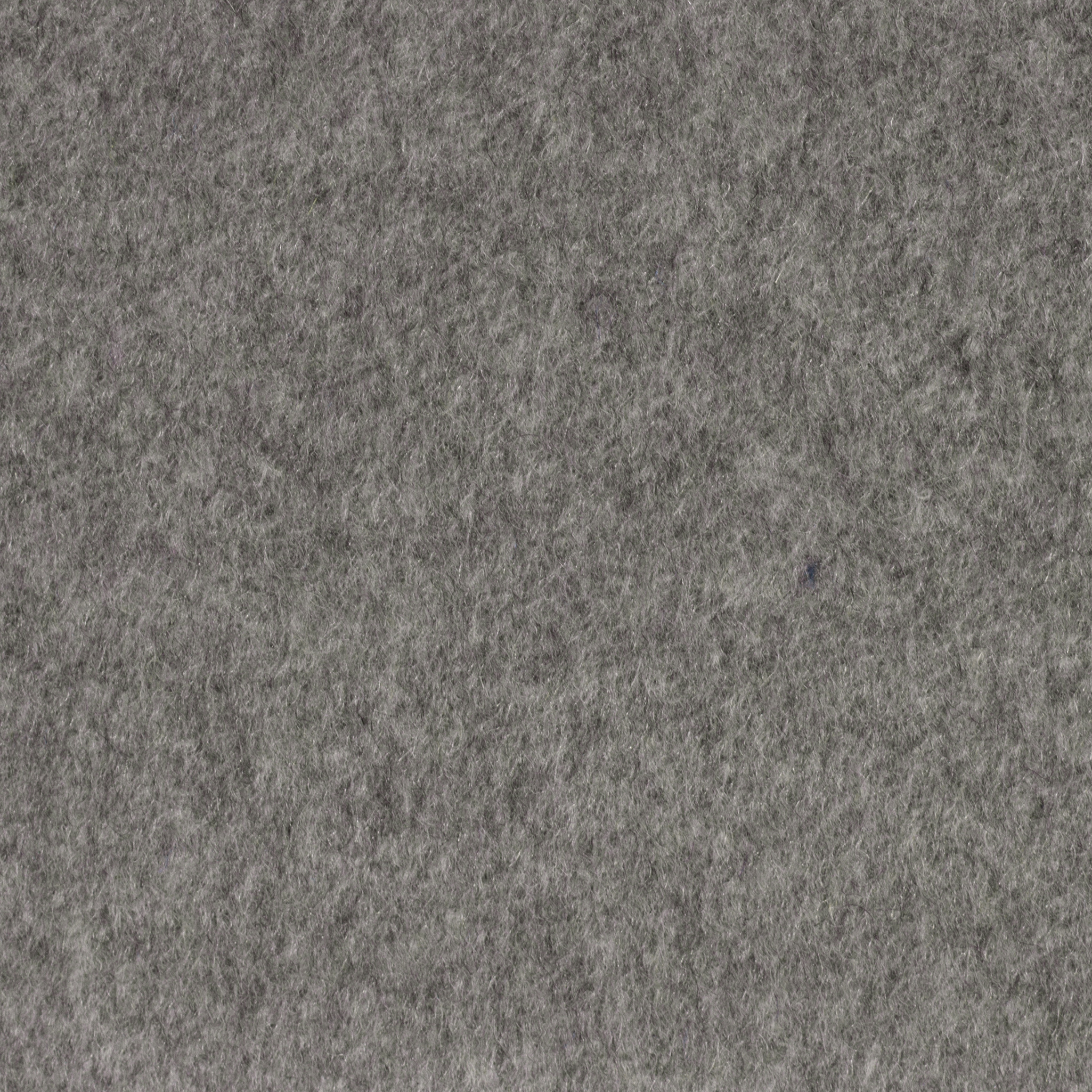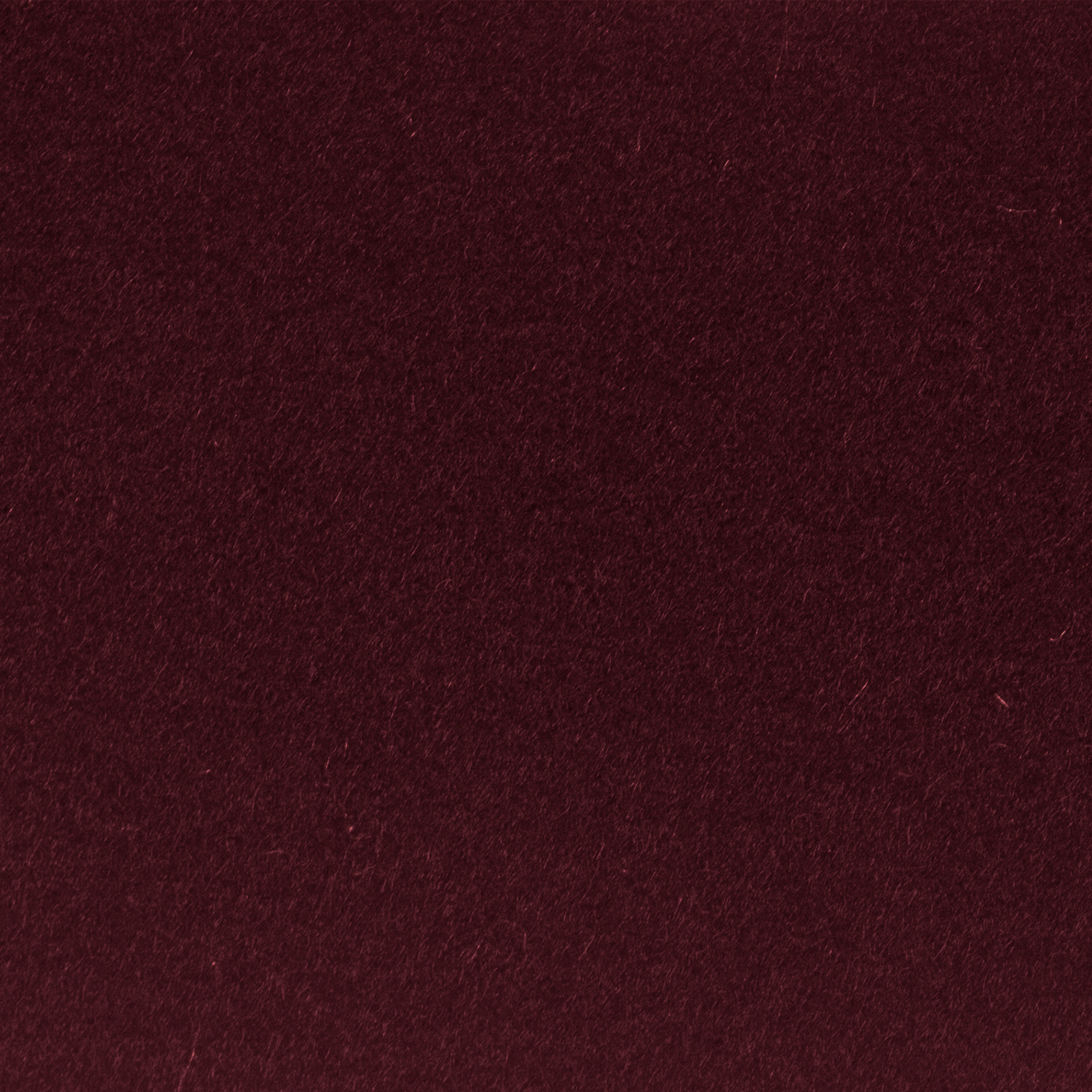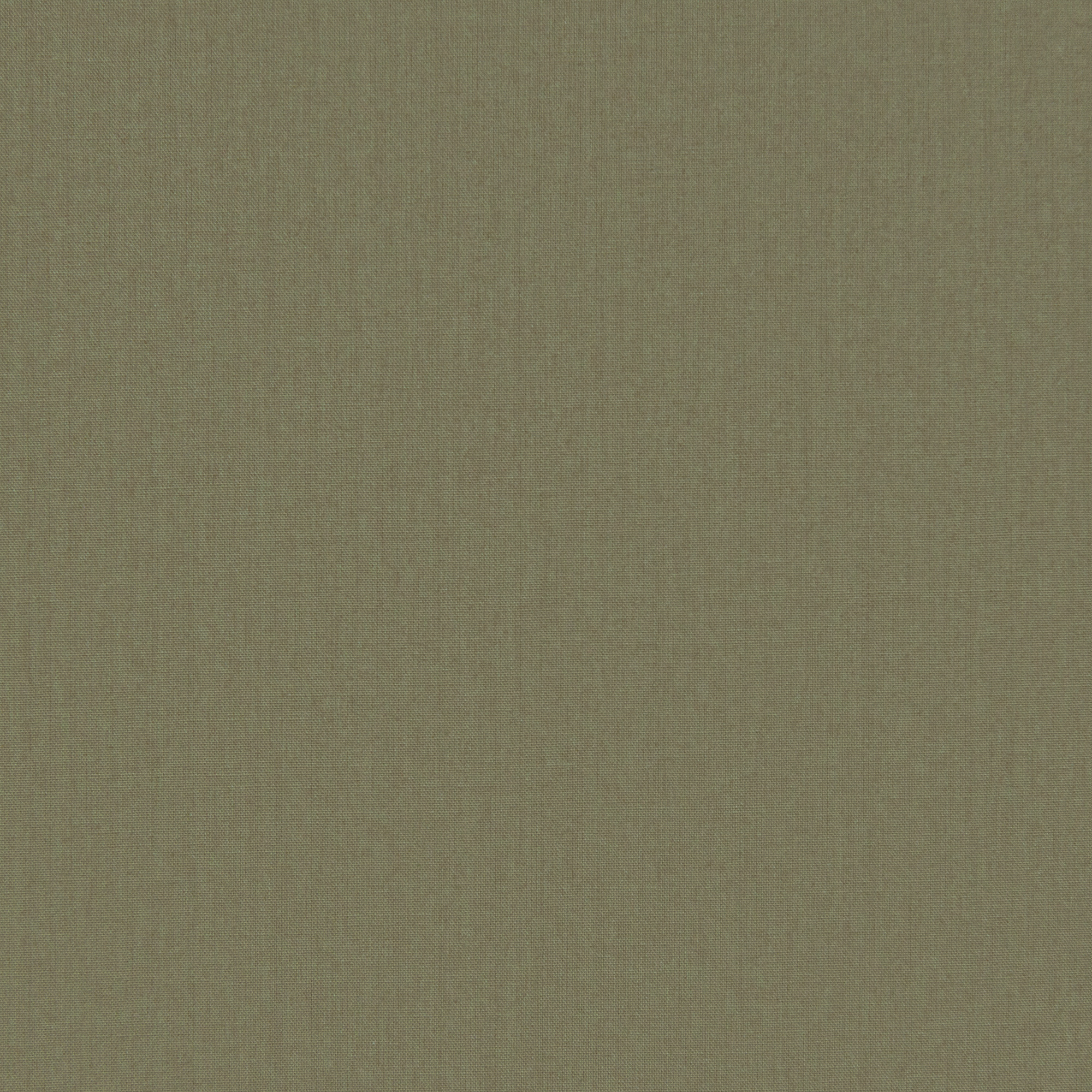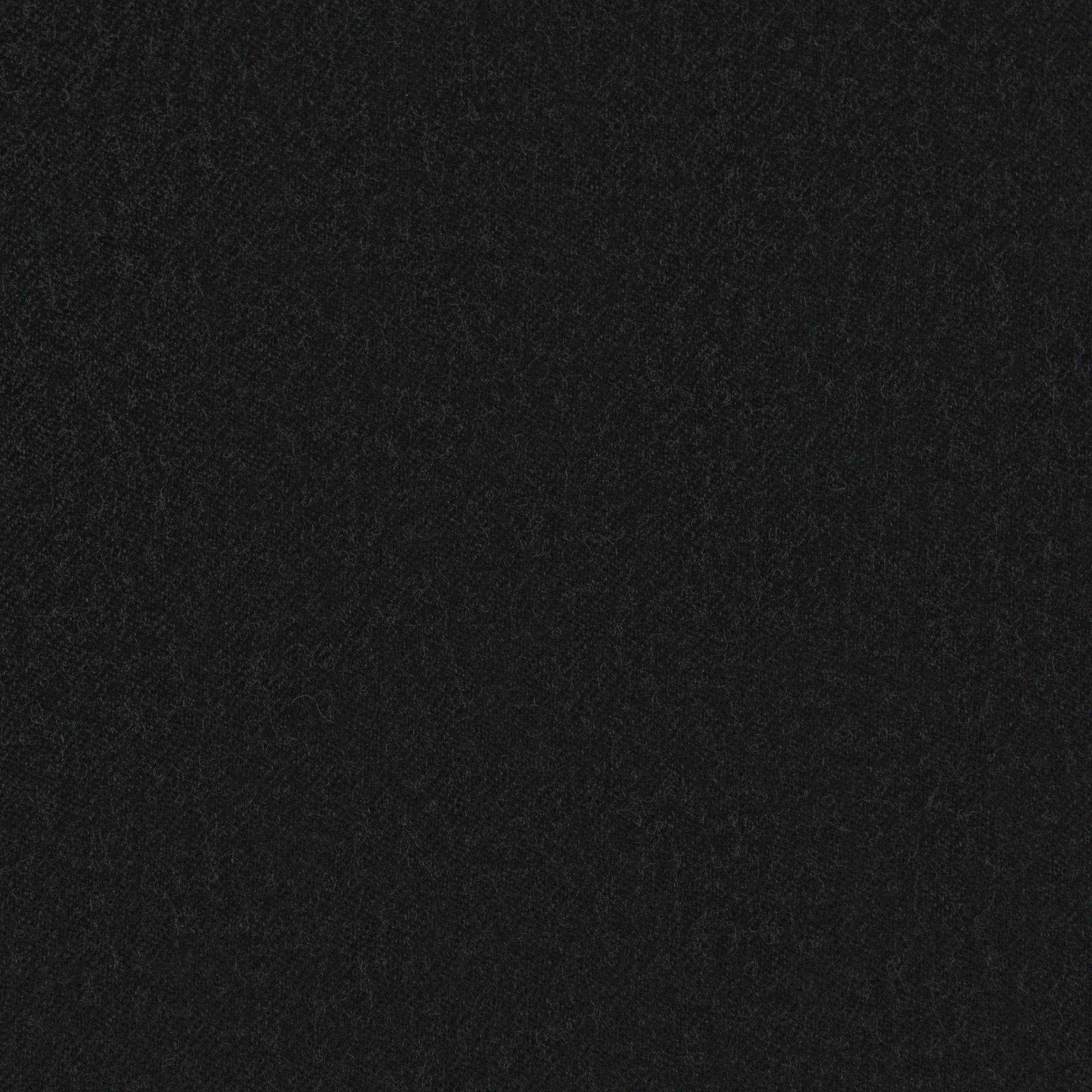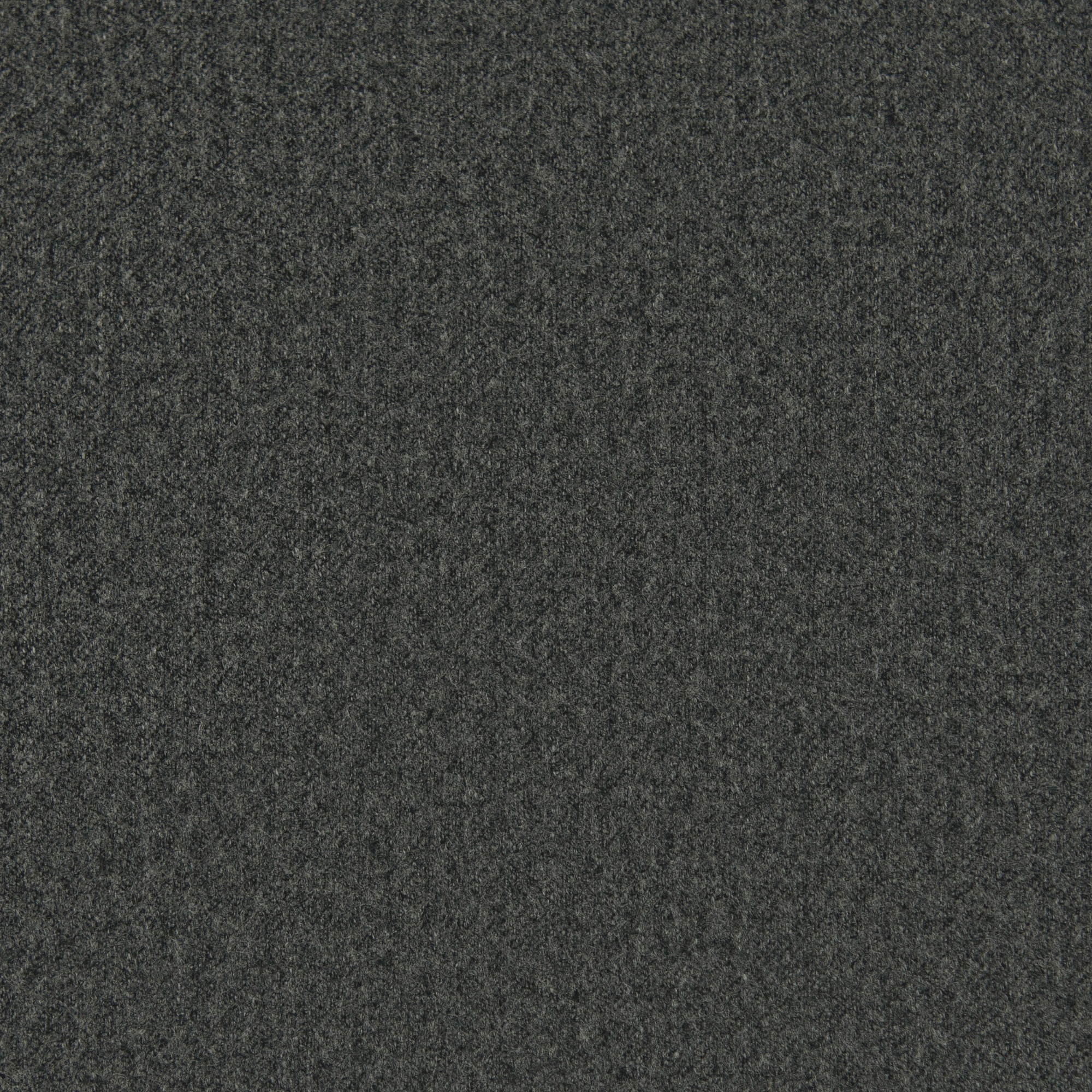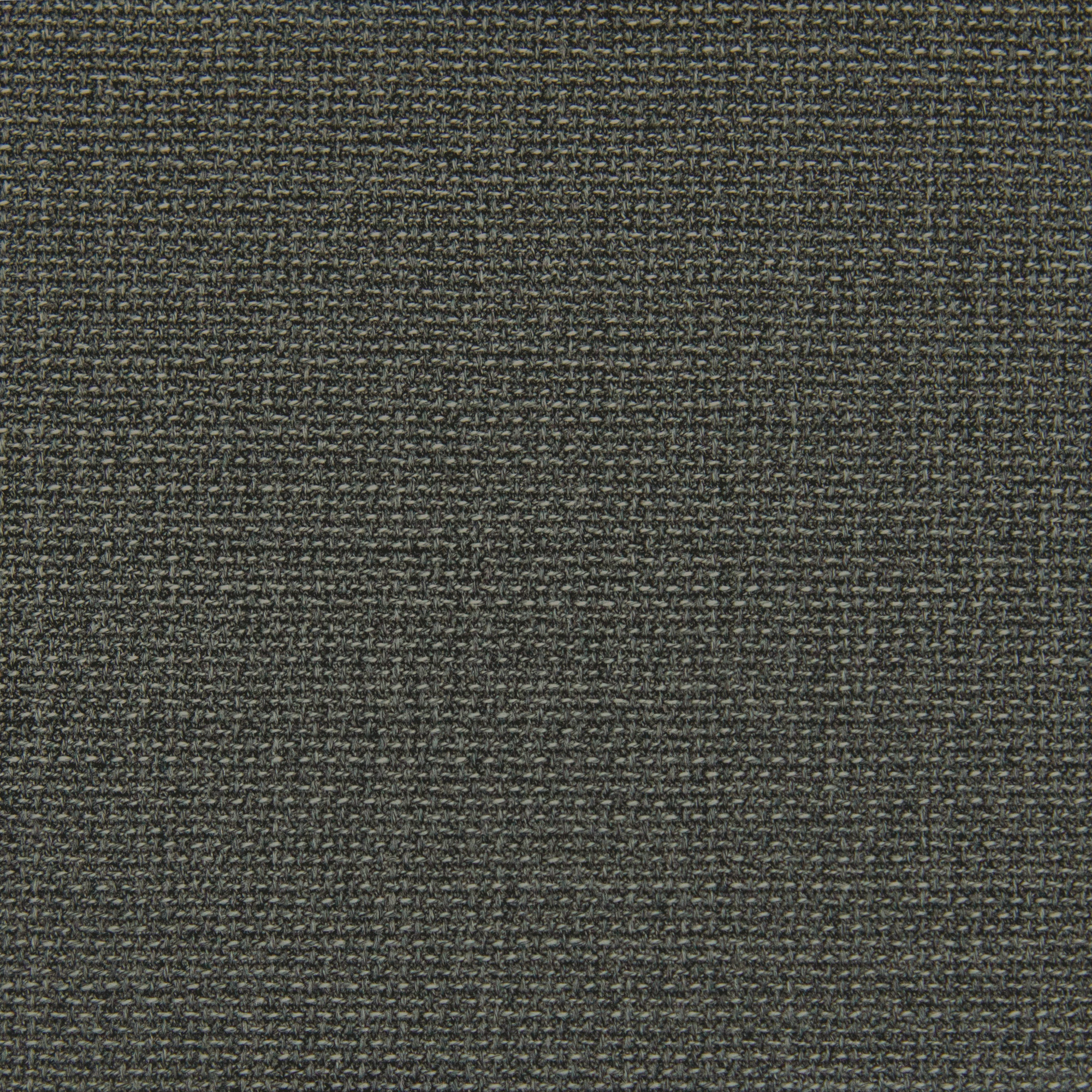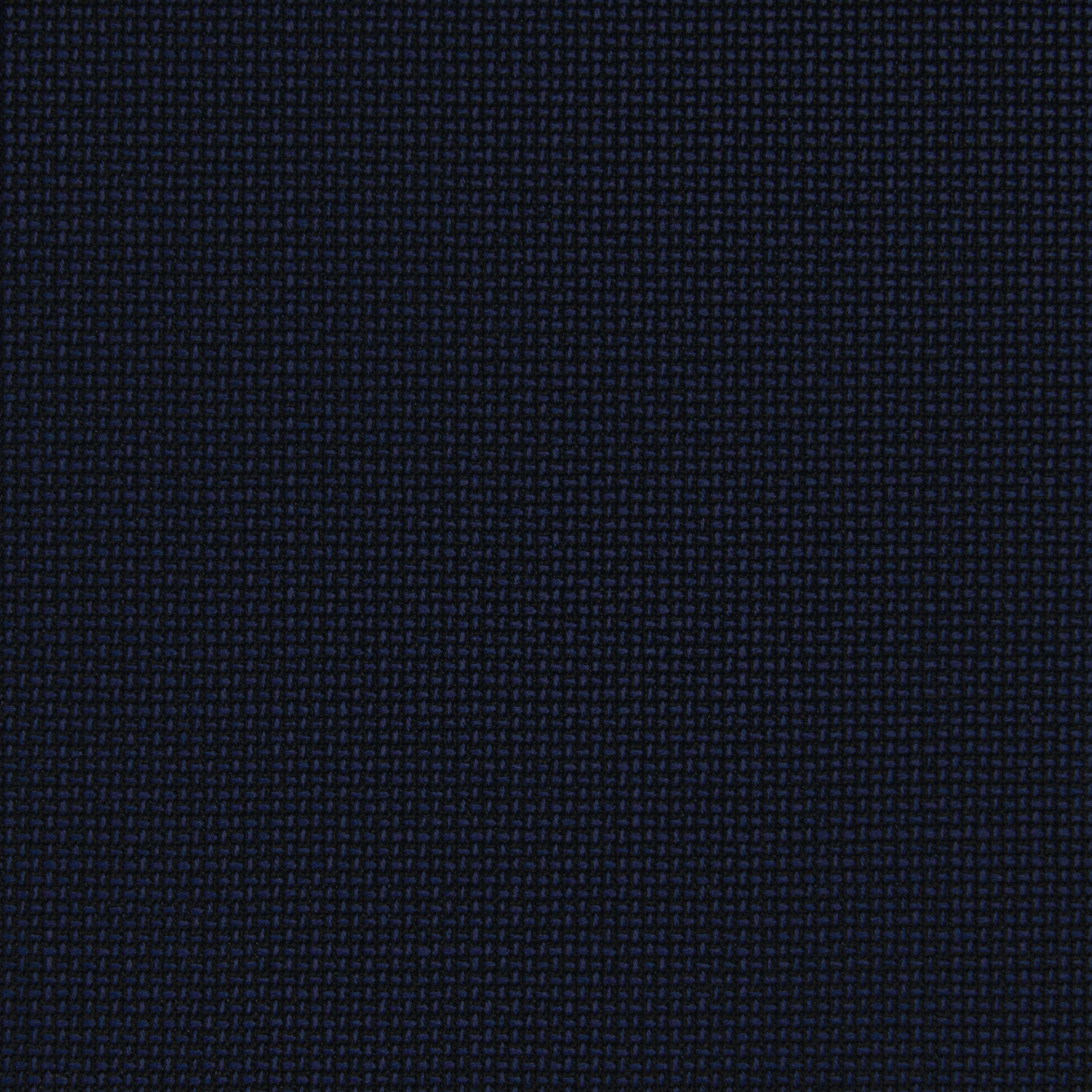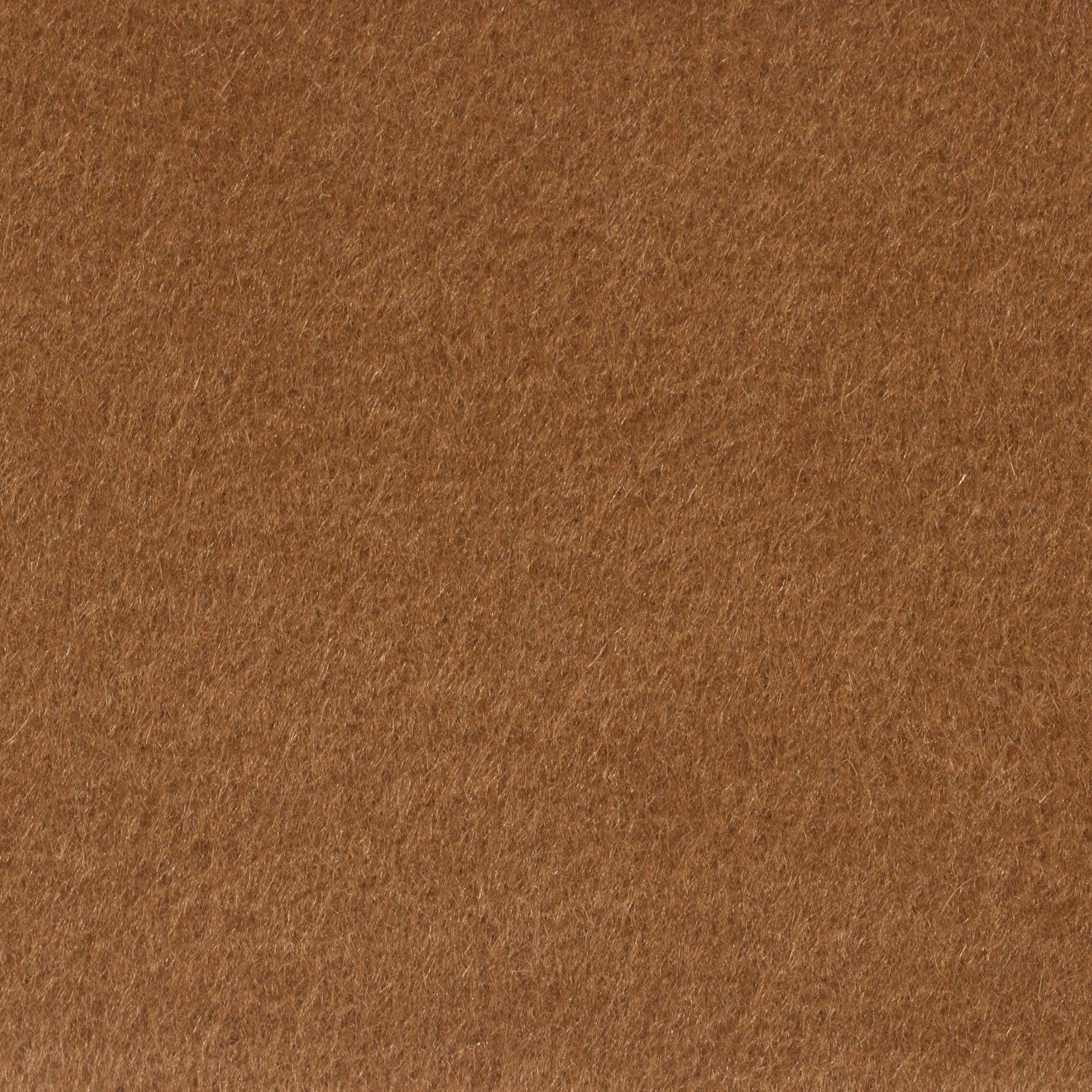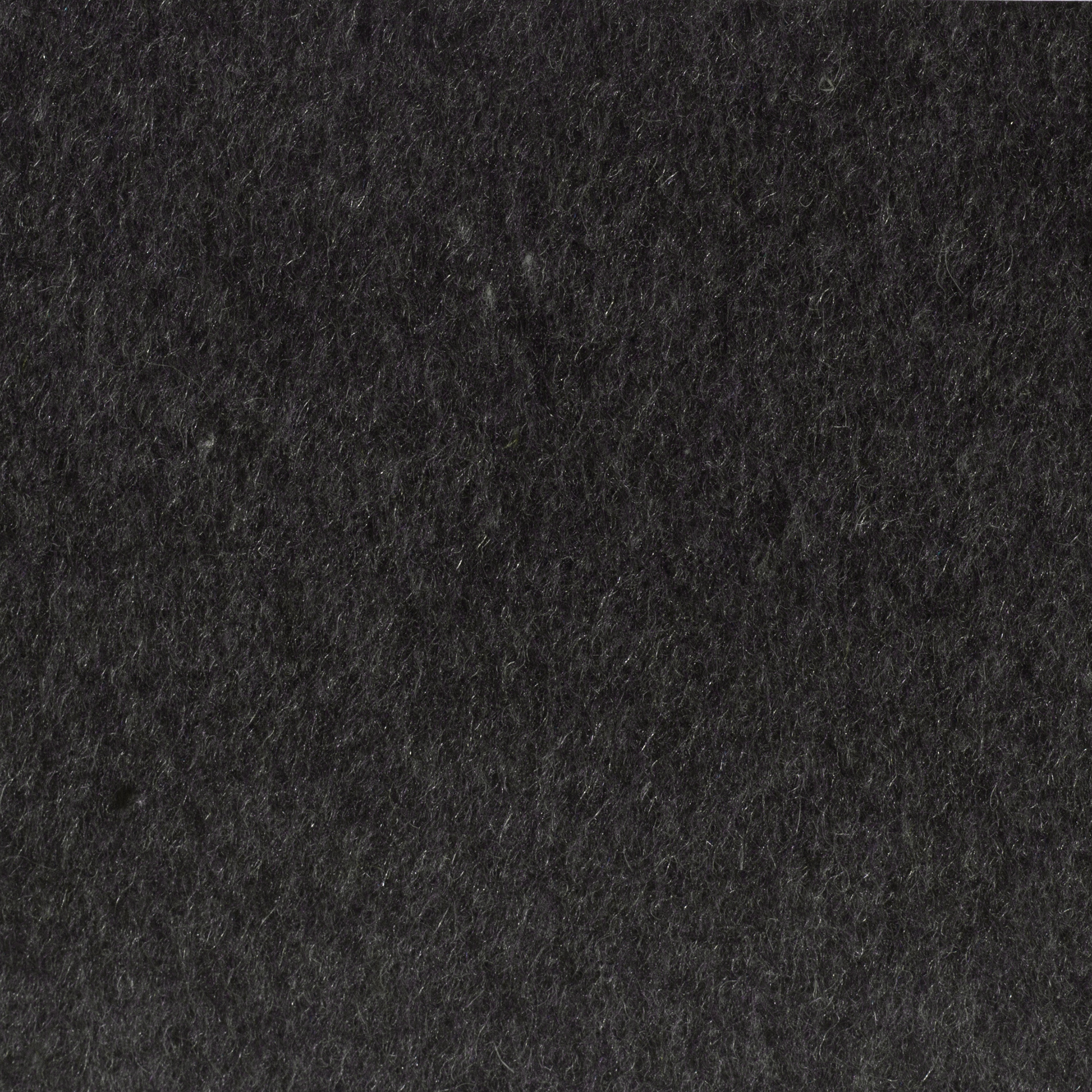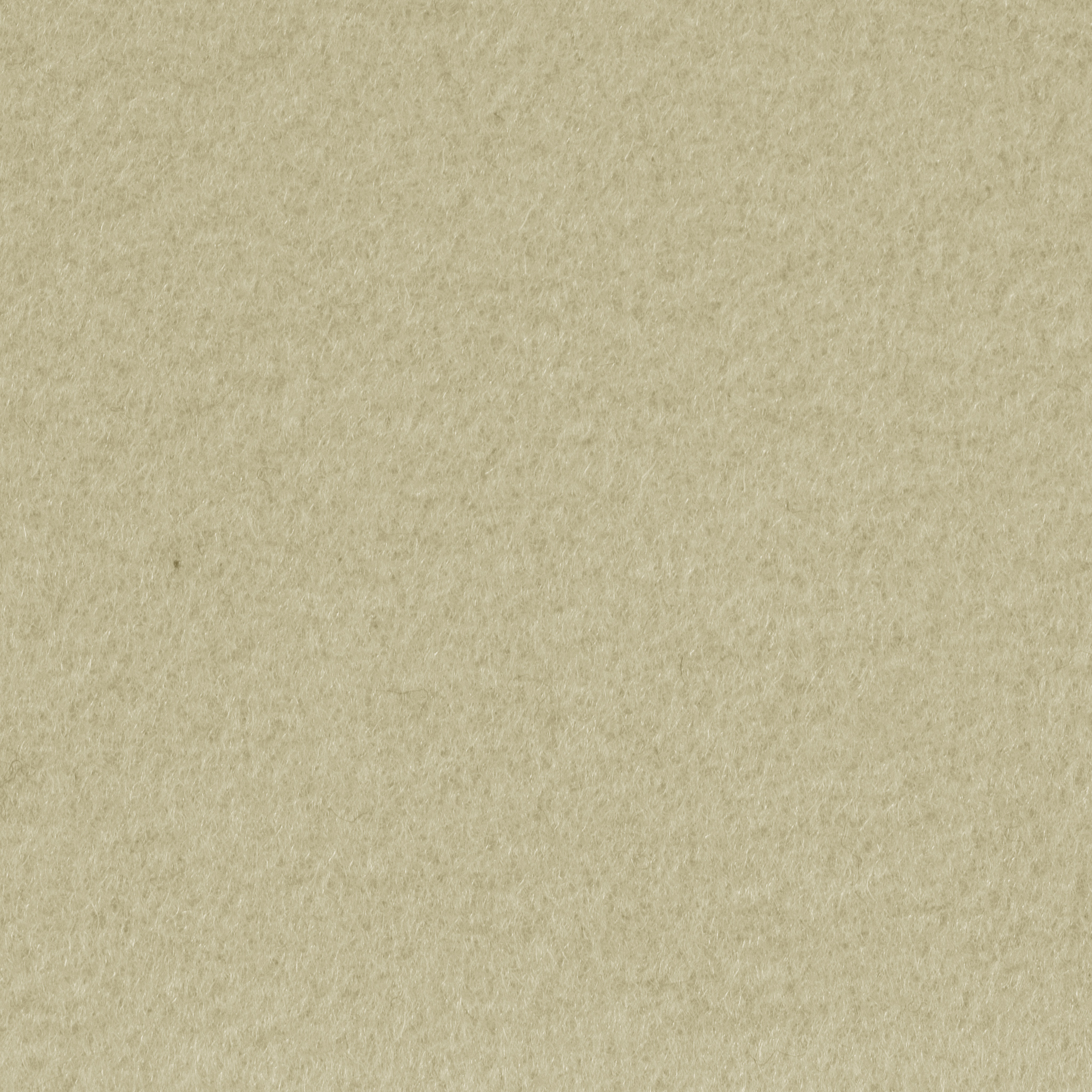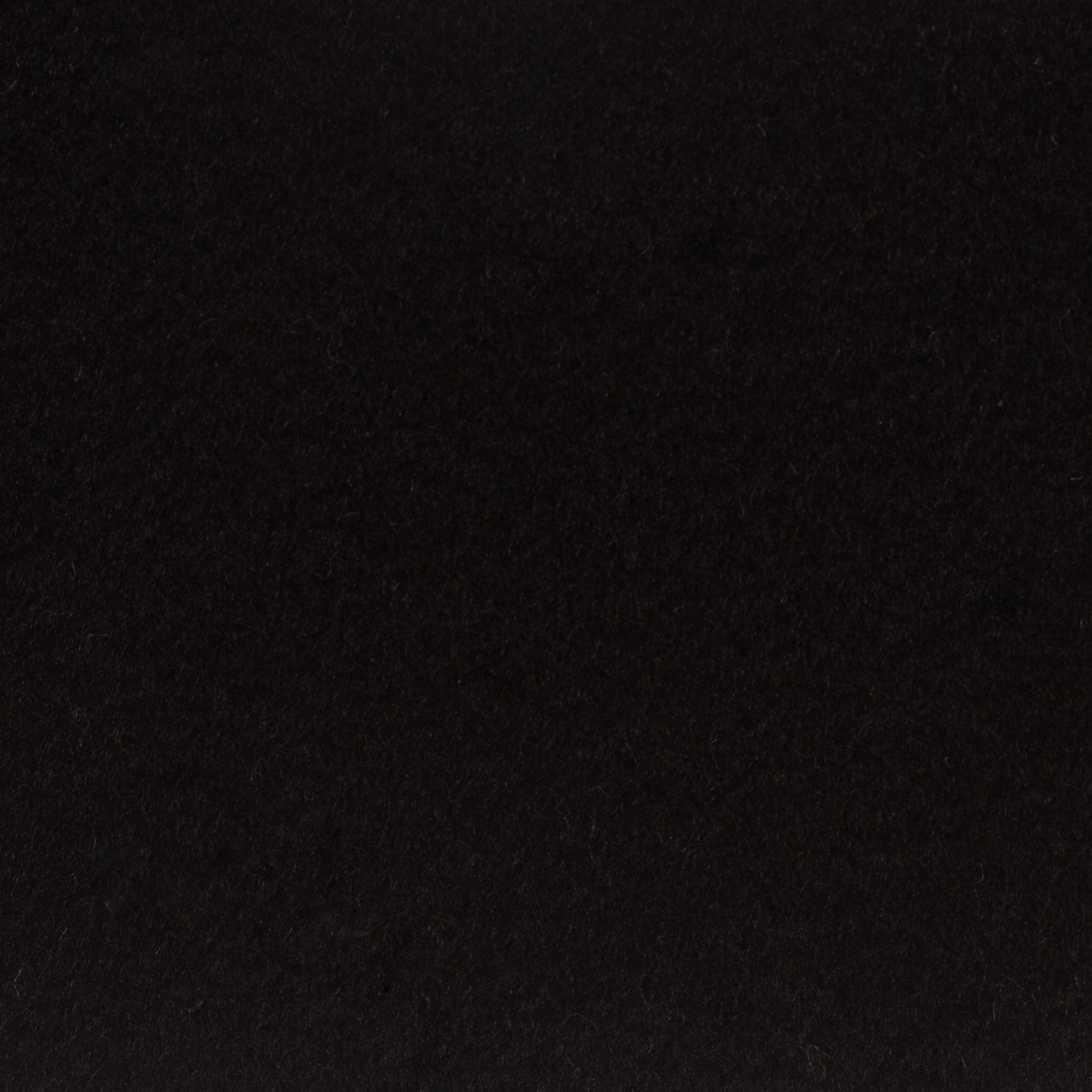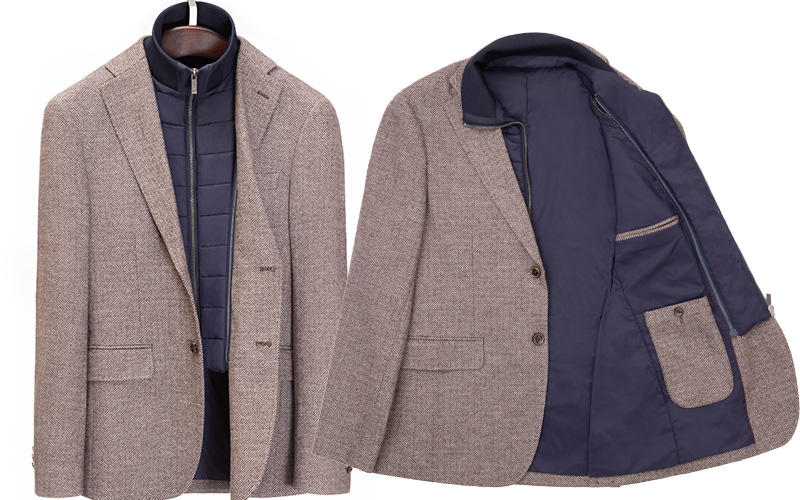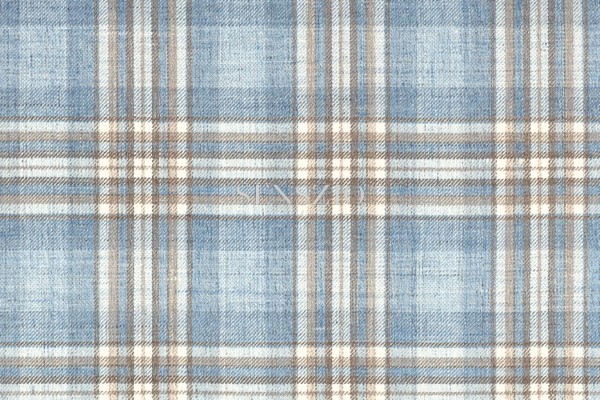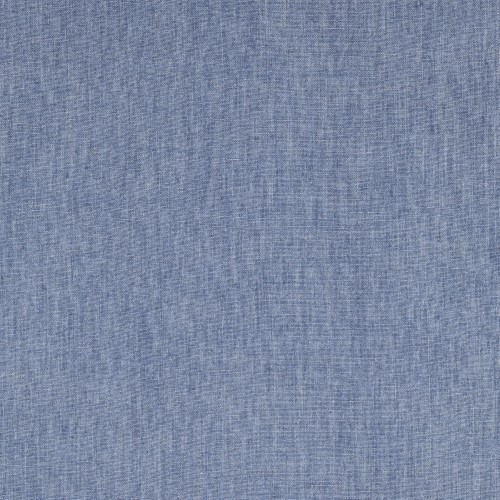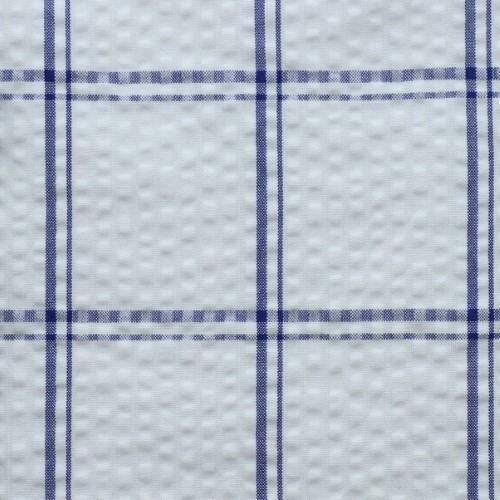GET 10% OFF FIRST ORDER. USE CODE FIRST10 AT CHECKOUT. CREATE ACCOUNT
- Bespoke & Custom
- BESPOKE VS CUSTOM
- IN PERSON APPOINTMENTS
Schedule an in-person appointment below where one of our expert stylists will personally take your measurements, and help you select the best fabrics & cut for your lifestyle.
- ORDER ONLINE
Existing Customers can create an account, customize their order and choose to use their previous style options and existing measurements.
New Clients can customize their order online and check out using standard sizes or save their order and book an appointment to meet us in person.
- VIRTUAL CONSULTATIONS
Our Virtual Consultations are perfect for new & existing clients who are not able to meet us at one of our Trunk Shows.
- Tailored Products
- DISCOVER OUR CUSTOM TAILORING
- Fabrics
- FABRICS
- FABRIC SWATCH SERVICE
Can’t make it to a Trunk Show? Choose up to 5 swatches from our extensive fabric library and have them delivered anywhere in the world for $50, which is fully redeemable on your purchase.
- How It Works
- Book an Appointment
- TRUNK SHOW LOCATIONS
-
![Trunkshow Tailor Greeting 1]() CUSTOM TAILORING TRUNKSHOWSWe know that your time is a luxury. That’s why we fly to you. Every month of the year, the Senszio travelling tailors and Stylists touch down in cities across the United States and Europe to host our in-demand Trunk Shows.
CUSTOM TAILORING TRUNKSHOWSWe know that your time is a luxury. That’s why we fly to you. Every month of the year, the Senszio travelling tailors and Stylists touch down in cities across the United States and Europe to host our in-demand Trunk Shows.
- THE BRIEFING
- THE BRIEFING
The modern gentleman’s guide to choosing a perfectly-fitted suit, the pleasures of custom tailoring and how to style yours today.
-
![Collage Removablecollarwinterjacket]() GUIDE & OCCASIONSFall/Winter 2023 Lookbook and Custom Shoe Service
GUIDE & OCCASIONSFall/Winter 2023 Lookbook and Custom Shoe Service -
![N763058]() CLOTH & FABRICLoro Piana Bunch 763 Proposte Giacche SS24
CLOTH & FABRICLoro Piana Bunch 763 Proposte Giacche SS24
- About
- OUR STORY
- SERVICE
-
![About Tailor Measurement 1]() STYLE WITHOUT BORDERSSenszio is the globe-trotting tailor that offers superior quality and a highly personalized service. From the United States to Europe, our custom tailored suits ensure that our international clientele consistently look the part, wherever in the world they may find themselves.
STYLE WITHOUT BORDERSSenszio is the globe-trotting tailor that offers superior quality and a highly personalized service. From the United States to Europe, our custom tailored suits ensure that our international clientele consistently look the part, wherever in the world they may find themselves.
- Fabrics
- Bespoke & Custom
- Bespoke & Custom
- Bespoke vs Custom
- Handmade Bespoke
- Custom Tailoring
- Custom Online
- What is the difference
- Our Products
- Casual Wear
- In person appointments
- In Person Appointments
Schedule an in-person appointment below where one of our expert stylists will personally take your measurements, and help you select the best fabrics & cut for your lifestyle.
- BOOK AN APPOINTMENT
- In Person Appointments
- Order Online
- ORDER ONLINE
Existing Customers can create an account, customize their order and choose to use their previous style options and existing measurements.
New Clients can customize their order online and check out using standard sizes or save their order and book an appointment to meet us in person.
- START CREATING
- ORDER ONLINE
- Virtual Consultations
- VIRTUAL CONSULTATIONS
Our Virtual Consultations are perfect for new & existing clients who are not able to meet us at one of our Trunk Shows.
- VIRTUAL APPOINTMENT
- CUSTOMISE ONLINE
- VIRTUAL CONSULTATIONS
- Tailored Products
- Fabrics
- How It Works
- Book an appointment
- BOOK AN APPOINTMENT
- TRUNK SHOW LOCATIONS
- EUROPE
- UNITED STATES
- ASIA
- CUSTOM TAILORING TRUNKSHOWS
- CUSTOM TAILORING TRUNKSHOWS
We know that your time is a luxury. That’s why we fly to you.
Every month of the year, the Senszio traveling tailors and Stylists touch down in cities across the United States and Europe to host our in-demand Trunk Shows
- BOOK AN APPOINTMENT
- VIEW LOCATIONS
- CUSTOM TAILORING TRUNKSHOWS
- The Briefing
- THE BRIEFING
The modern gentleman’s guide to choosing a perfectly-fitted suit, the pleasures of custom tailoring and how to style yours today.
- AFTERCARE
- CLOTH & FABRIC
- GUIDE & OCCASIONS
- MODERN STYLE
- Fall/Winter Lookbook 2023/2024
- THE BRIEFING
- About
Bespoke suits: The world’s leading fabrics

At Senszio, we use the world’s leading natural fibers to craft our bespoke suits. That means Merino wool from Australia, cashmere from Mongolia, silk from China and Vicuña from South America.
Merino wool
Australia is home to around 70 million sheep, making it the world’s leading producer and exporter of wool. The finest wool in Australia comes from Merino, a breed that forms around 80% of the sheep population.
Merino wool’s natural qualities make it well-suited to high-end bespoke suits. It has natural breath-ability, is warm in winter and cool in summer, drapes well and is hard to crease. Merino is tough to stain and maintains its color.
Mongolian cashmere
What about cashmere? For the world’s finest, you can thank the nomadic herders who tend Mongolian goats. Mongolia has a tough climate and the fleece of cashmere goats is thick and long with a fine-down undercoat.
Every spring, the down is combed out and three or four ounces of cashmere are taken from each goat. This is barely enough for half a sweater, when an ordinary sheep offers enough wool for up to four sweaters. No wonder a pair of cashmere pyjamas costs about $1,000.
Chinese silk
The finest silk comes from the ancient Chinese, who kept the secret from the world by sentencing anyone to death who smuggled worms or eggs out of the country. Silkworms spew out thread from their jaws and spin it into cocoons to hold their eggs. They can produce up to 1200 silken threads in just 72 hours and lay at least 500 eggs every spring. It’s a production line that’s unlikely to break down any time soon. Chinese silk produces outstanding-quality bespoke suits.
Vicuña wool
But possibly the most luxurious fabric in the entire world is the coat of the South American Vicuña, a relative of the llama. It’s a rare and endangered animal and harvesting its coat is by no means easy, which is why vicuña wool is the world’s most expensive.
Vicuña wool is also very warm, as its scales interlock and trap insulating air. Vicuña wool tends to be sold in its natural color as it’s sensitive to chemical treatment.
In 1974, the Vicuña population fell to about 6,000. This number has risen to around 125,000 since the species has been protected under Peruvian law. One Vicuña produces just a pound of wool every year and it can be harvested only every three years. No wonder a yard of Vicuña wool can cost up to US$3,000.
-
SHOP
CUSTOMER CARE
ABOUT
-
BRUSSELS | HONG KONG | NEW YORK
2024 © SENSZIO, ALL RIGHTS RESERVED.
By using our website you consent to our use of cookies in accordance with our Cookie Policy.
Senszio uses cookies.
